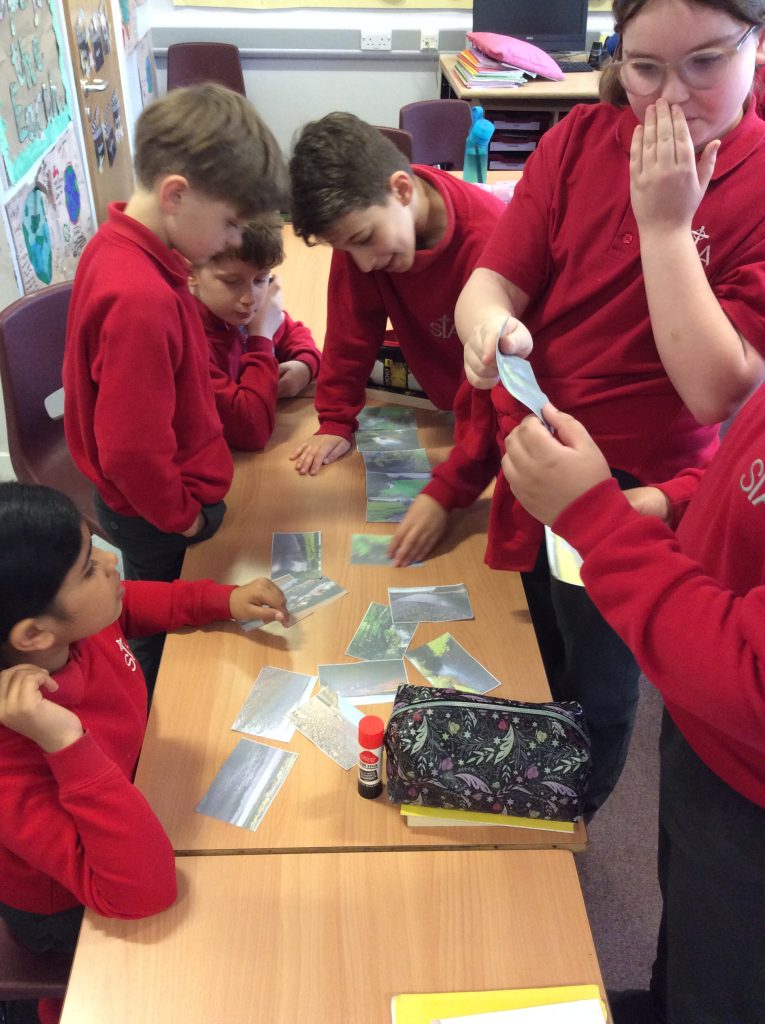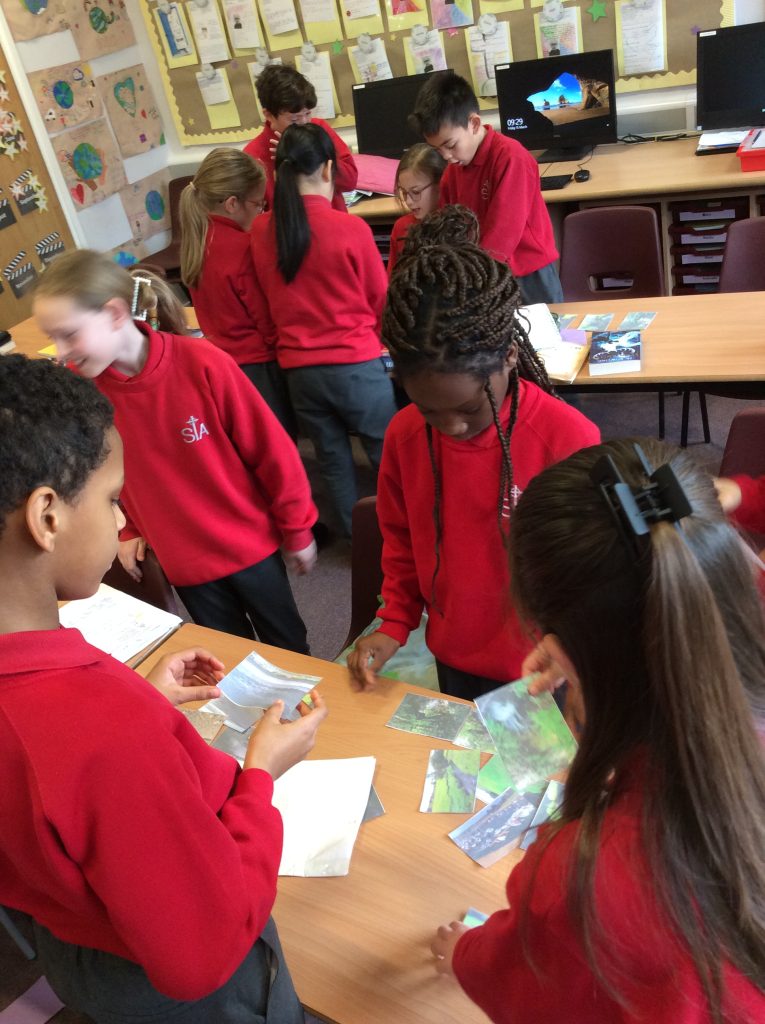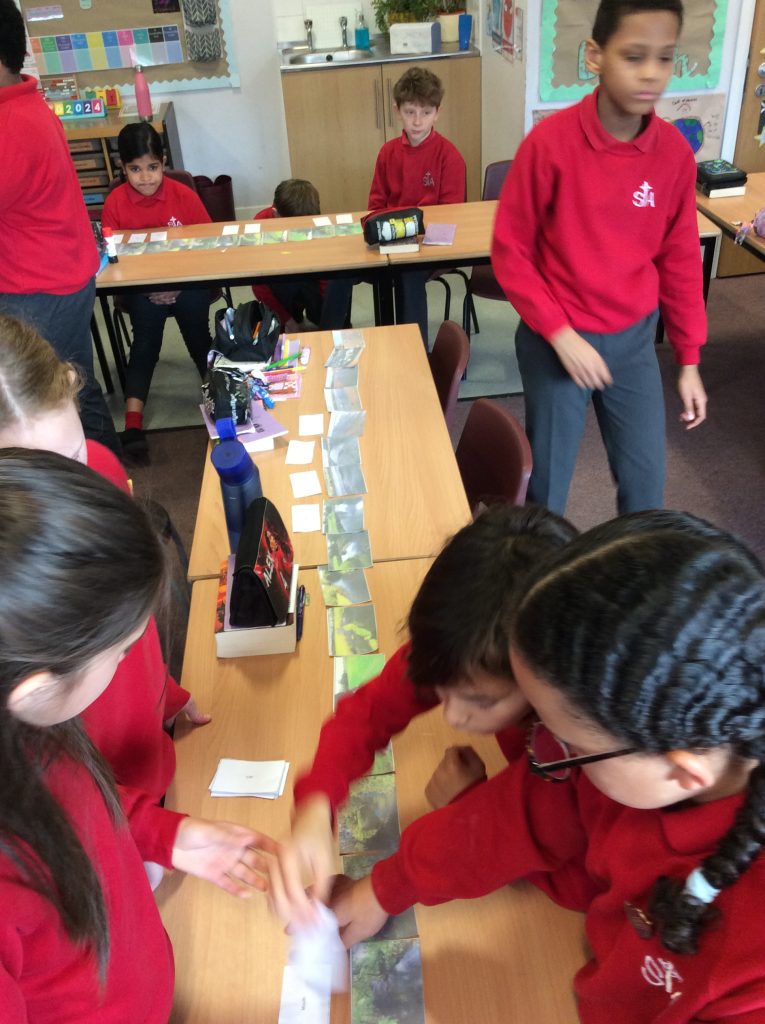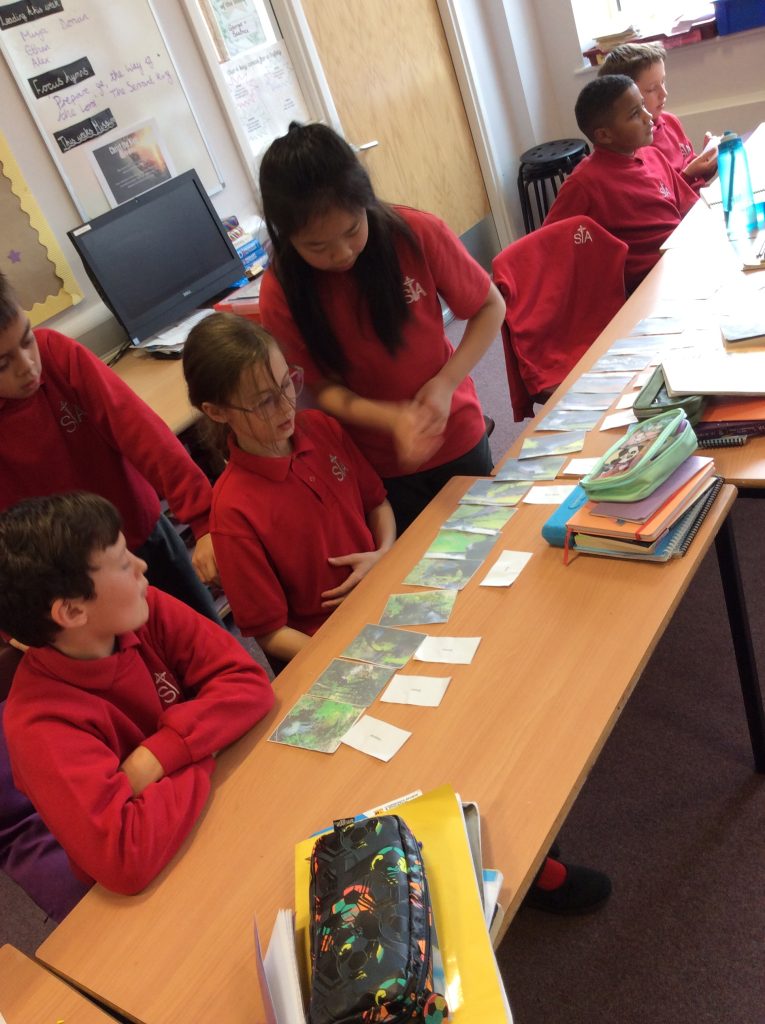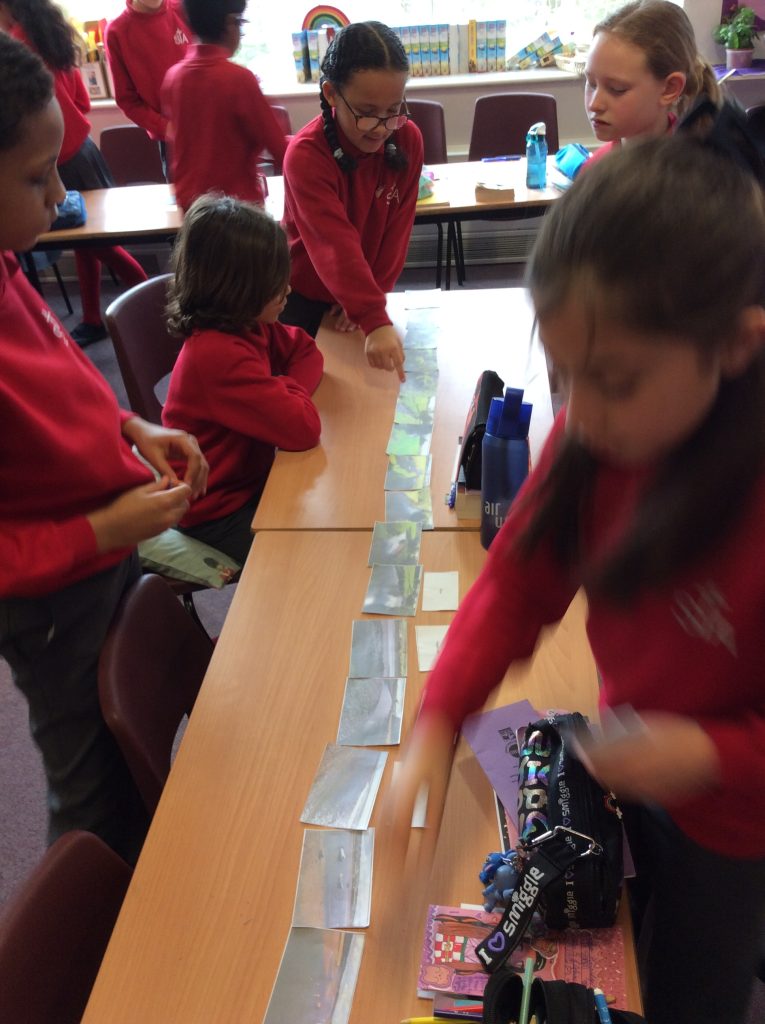Geography
Intent
In Geography at Key Stage 1 and Key Stage 2 we aim to develop the children’s knowledge of places and environments. This begins with the immediate school locality and widens to include both regional and national studies. The children will also study localities in other countries looking at the similarities and differences between physical and human features. Geographical skills are taught including an understanding of maps and plans and a range of investigative and problem solving skills. Geography is also a focus for understanding issues about the environment and sustainable development. Using the link below you will find a whole school map for Geography.
Geography in Nursery
Nursery celebrated Chinese new year by making lanterns, filling red envelopes with coins, tasting noodles and prawn crackers and reading Please, Mr Panda.
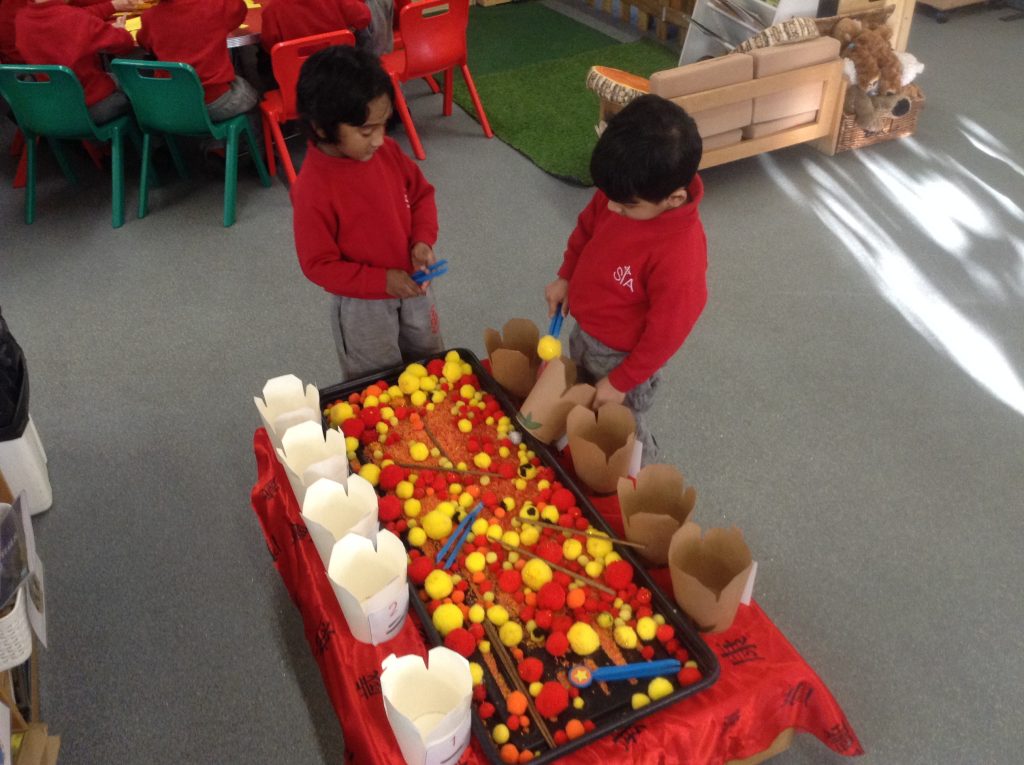
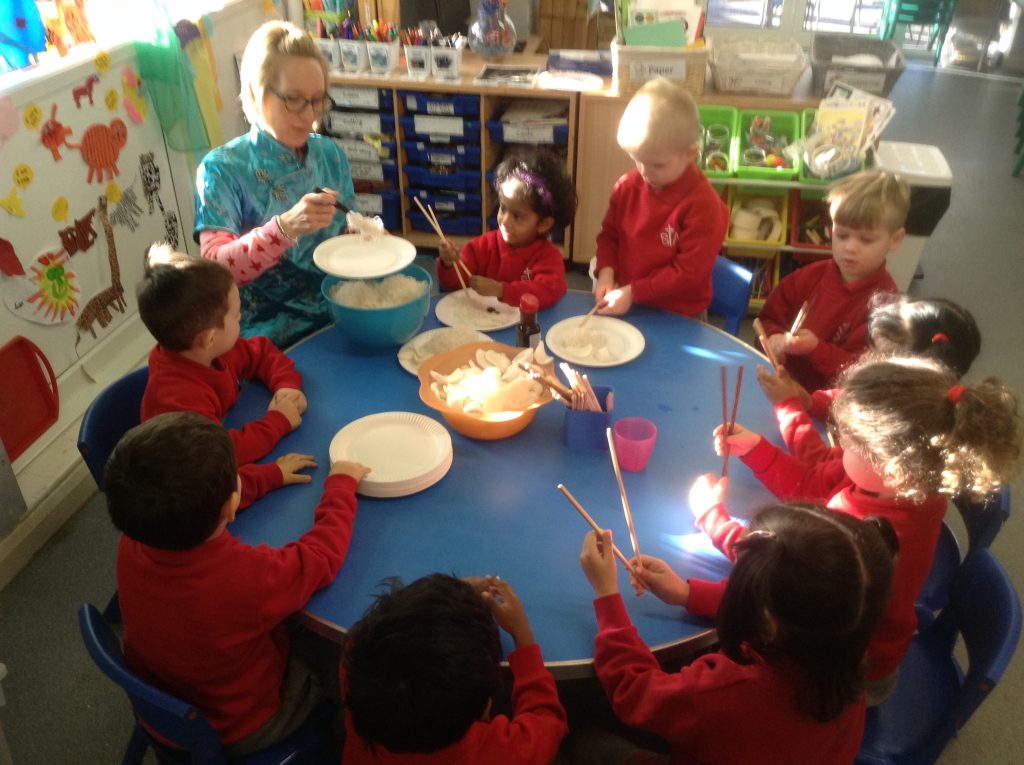
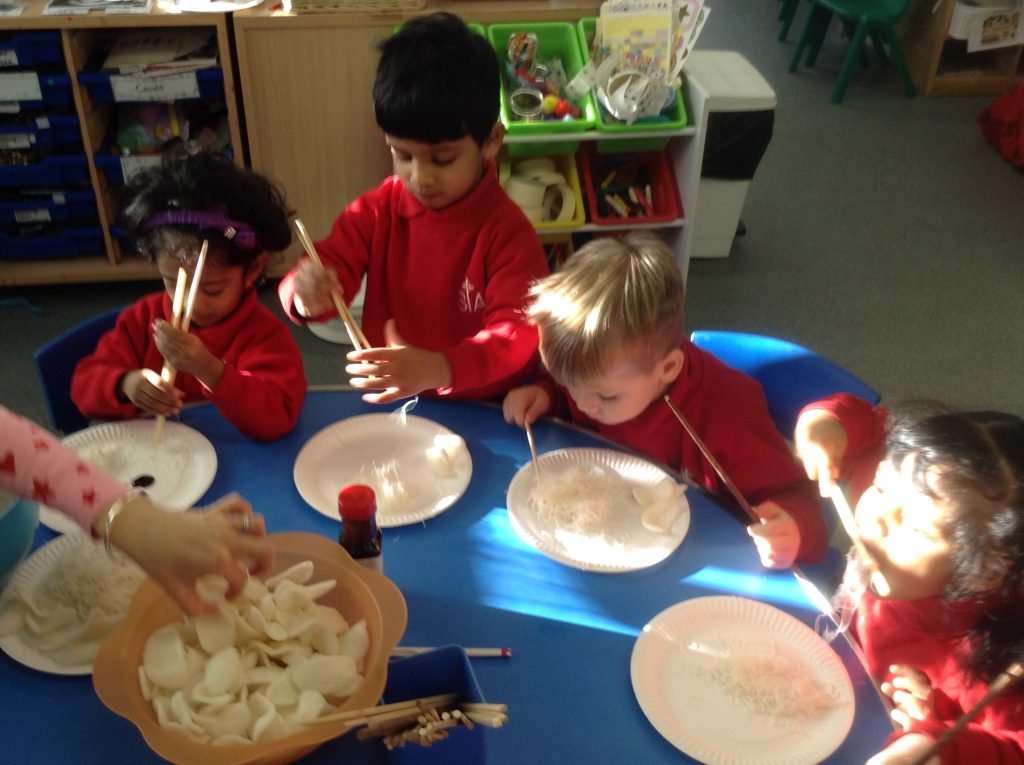
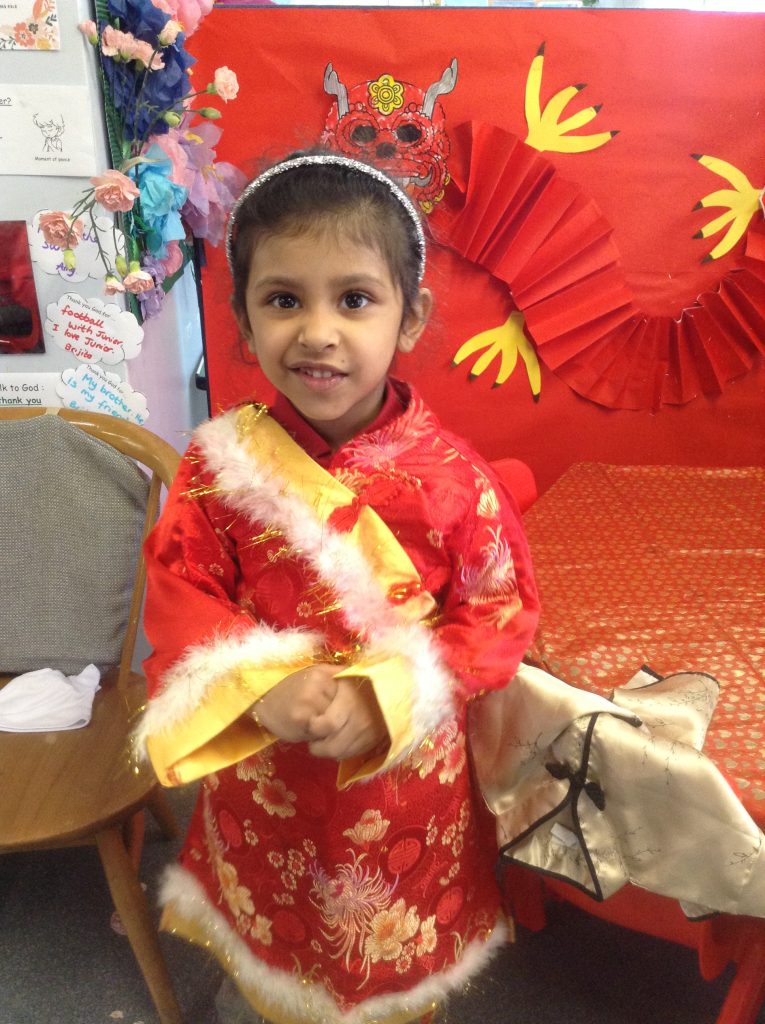
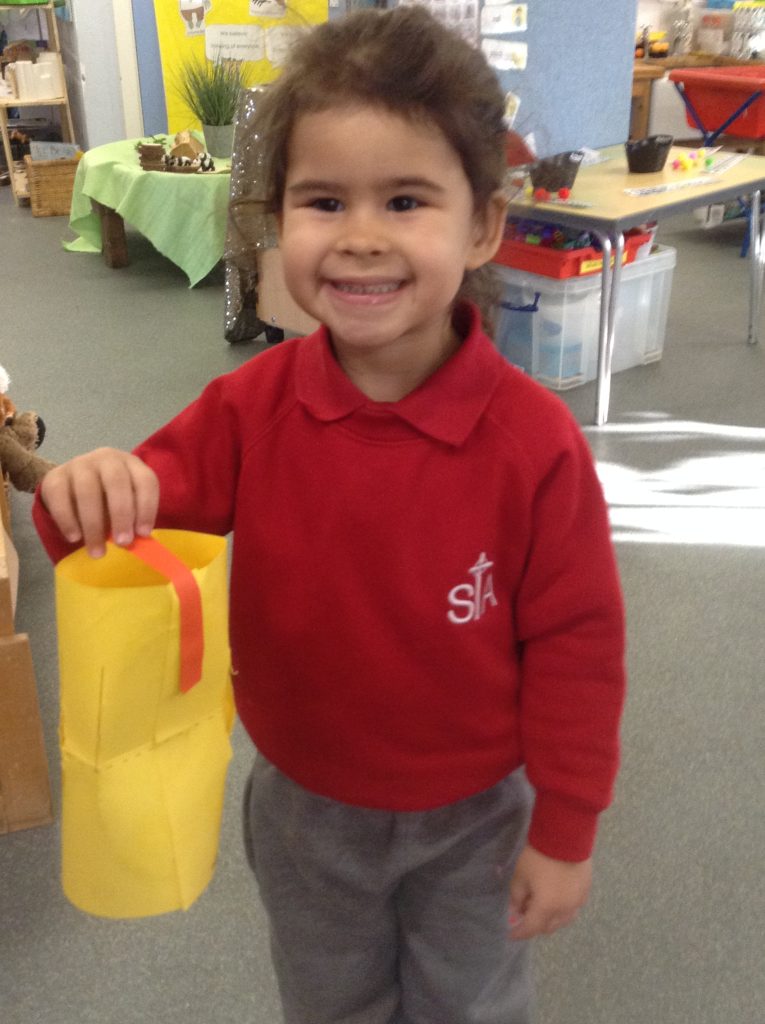
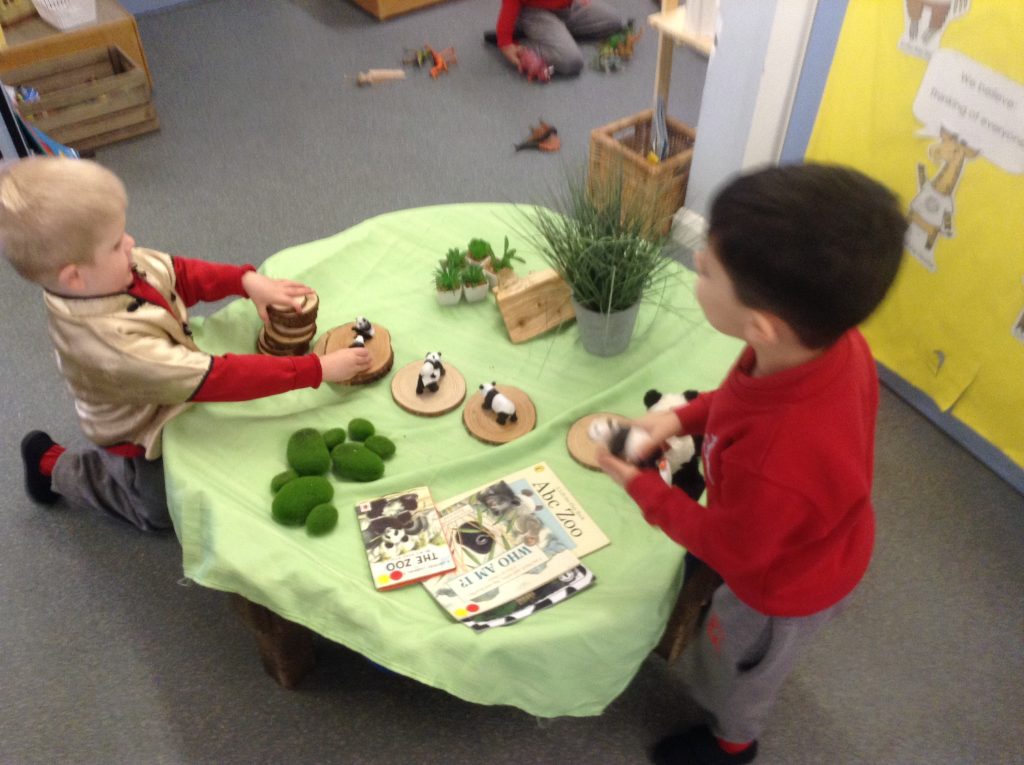
Nursery learnt about Harvest through the story of the Little Red Hen. We baked our own bread.
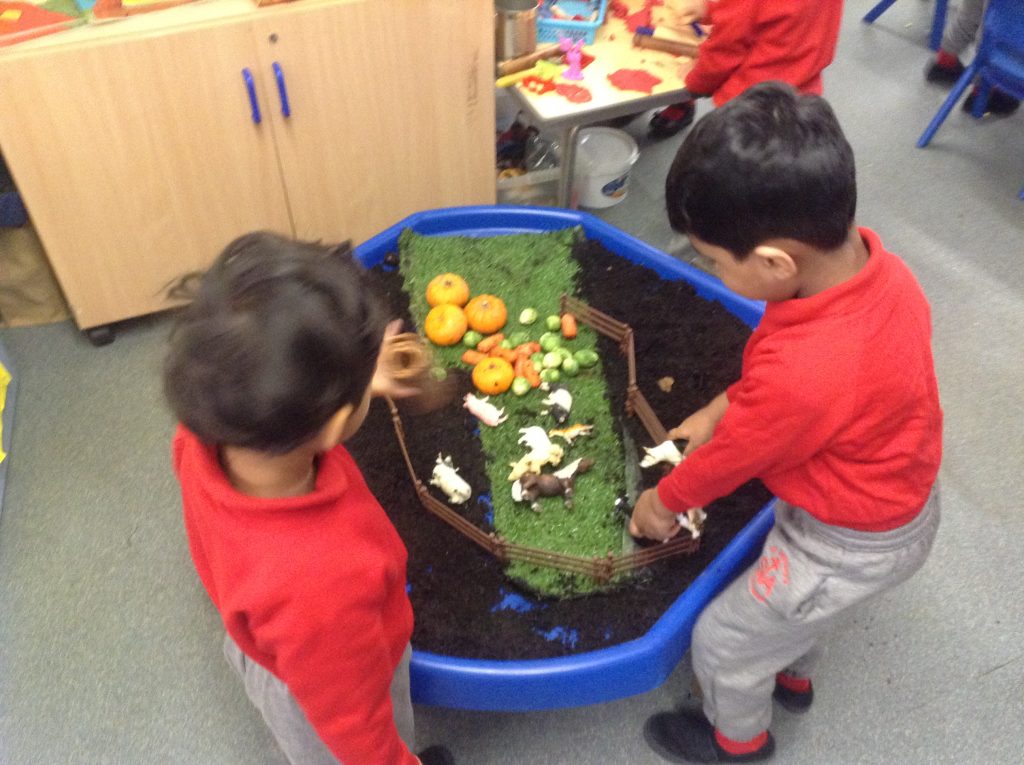
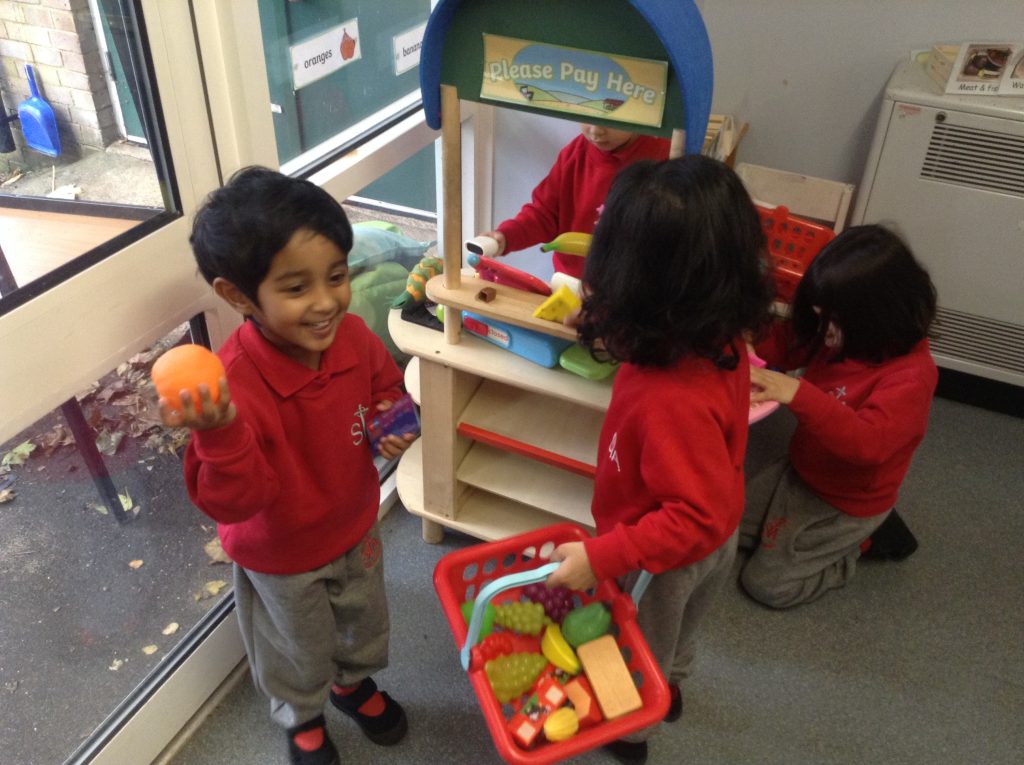
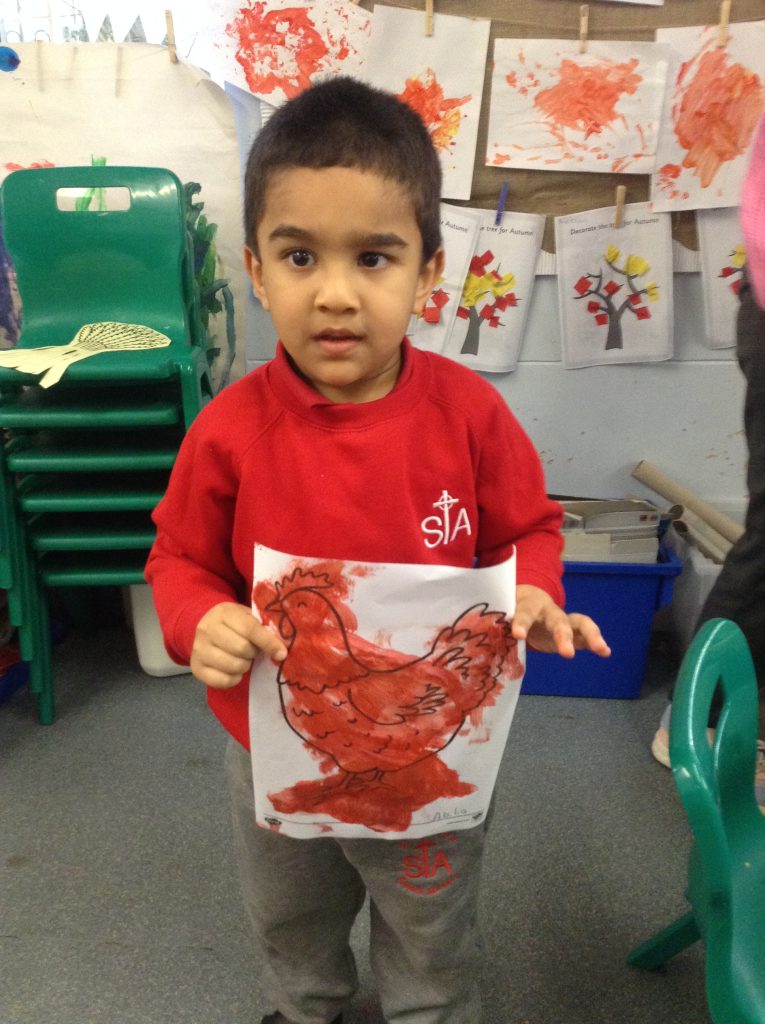
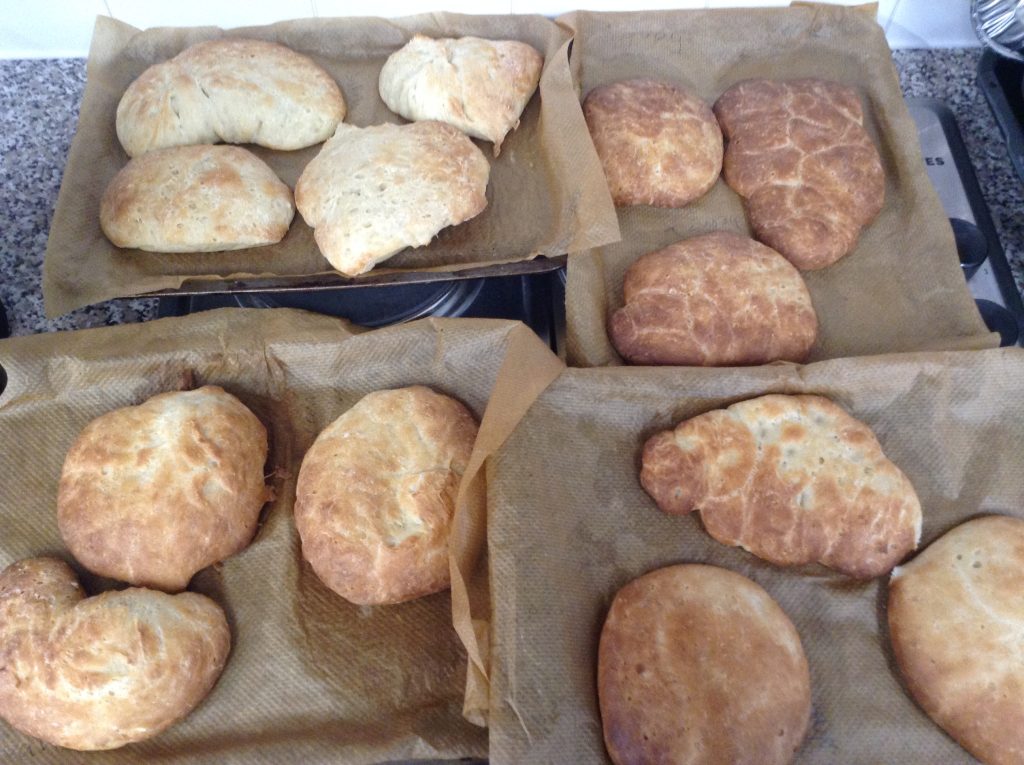
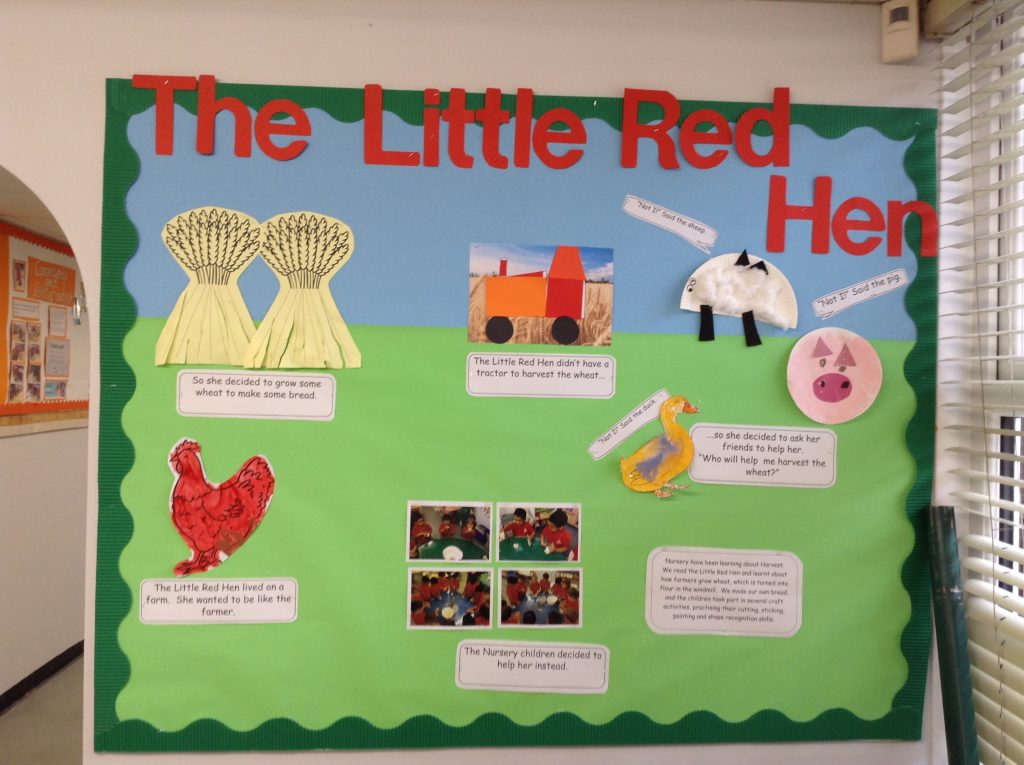
Nursery learnt about the Arctic and Antarctica. We learnt about the animals that live in both regions. We particularly like learning about Emperor penguins and how they look after their eggs. We moved like penguins by waddling, sliding on our tummies, and protecting our eggs on our feet.
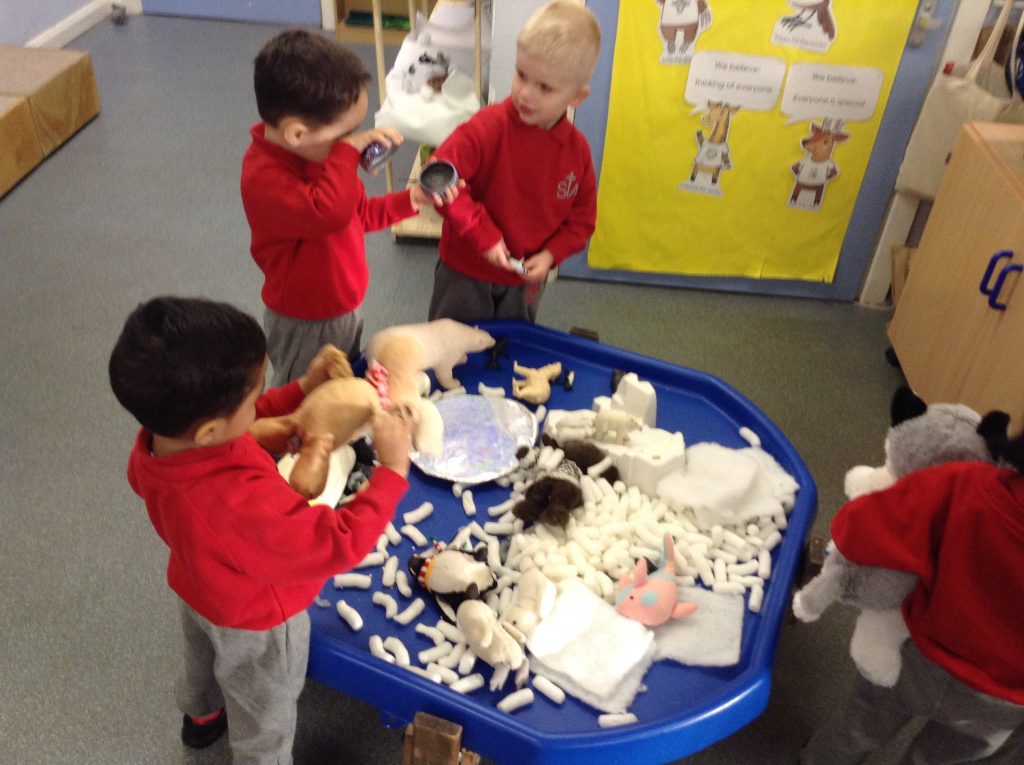
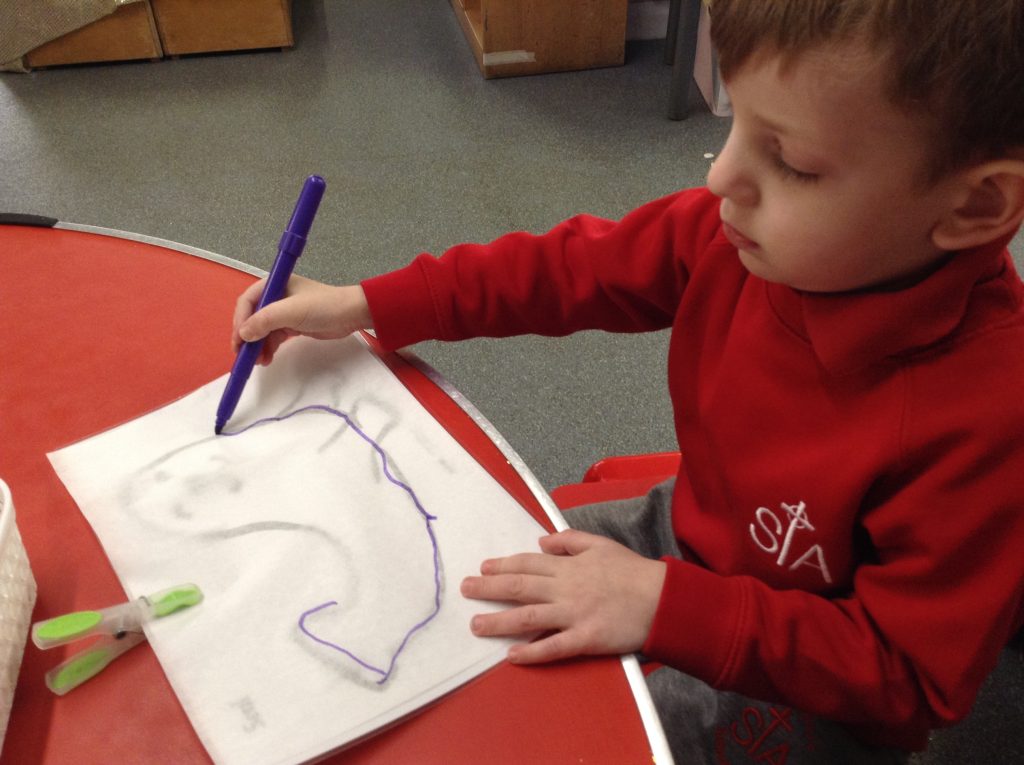
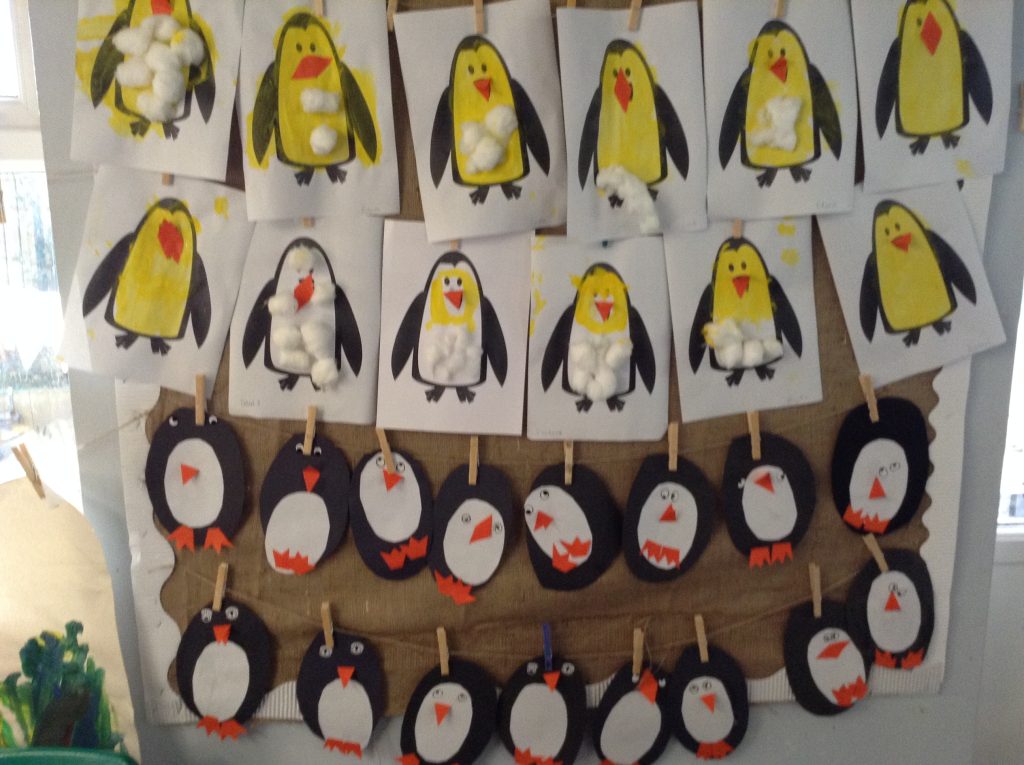
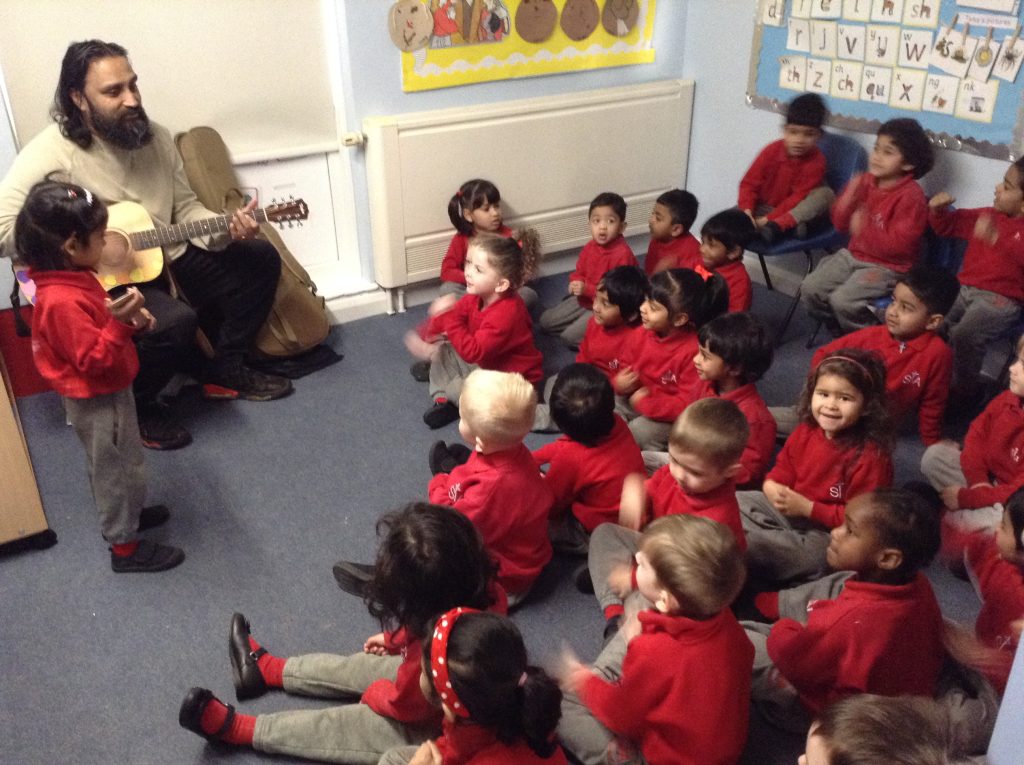
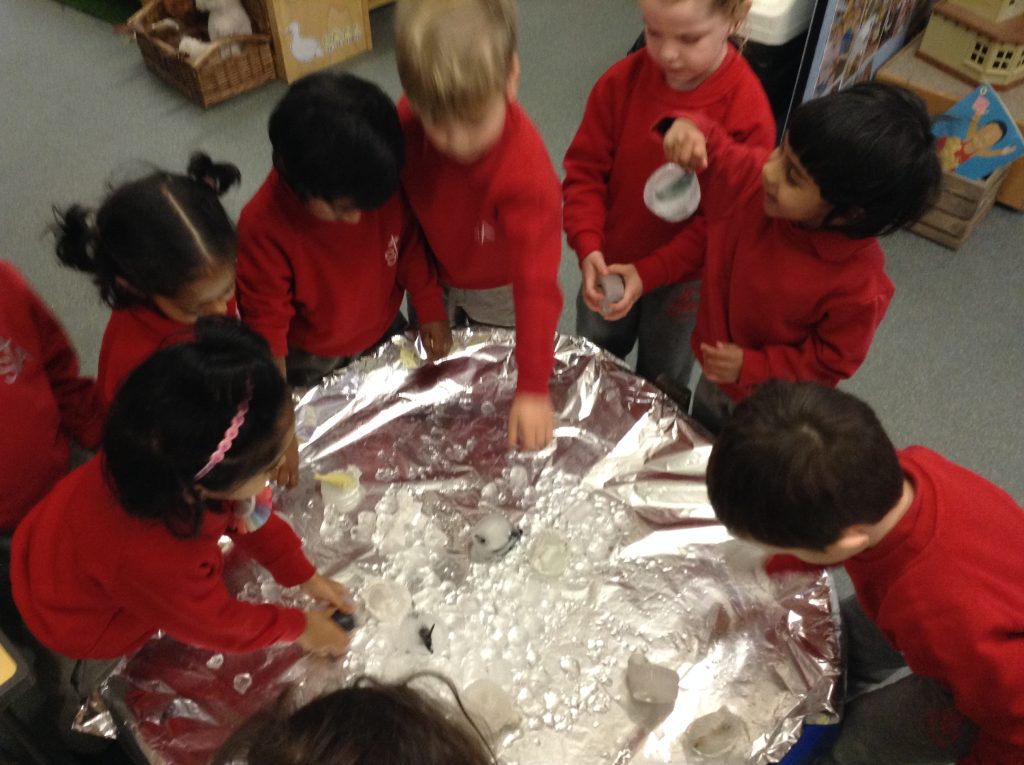
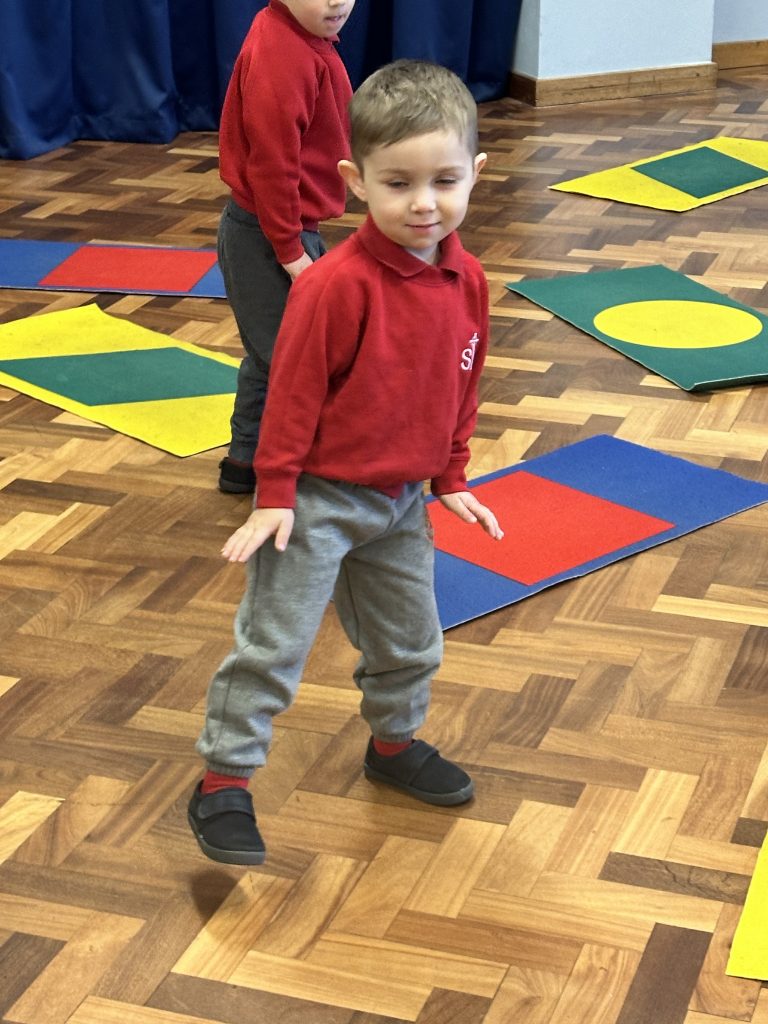
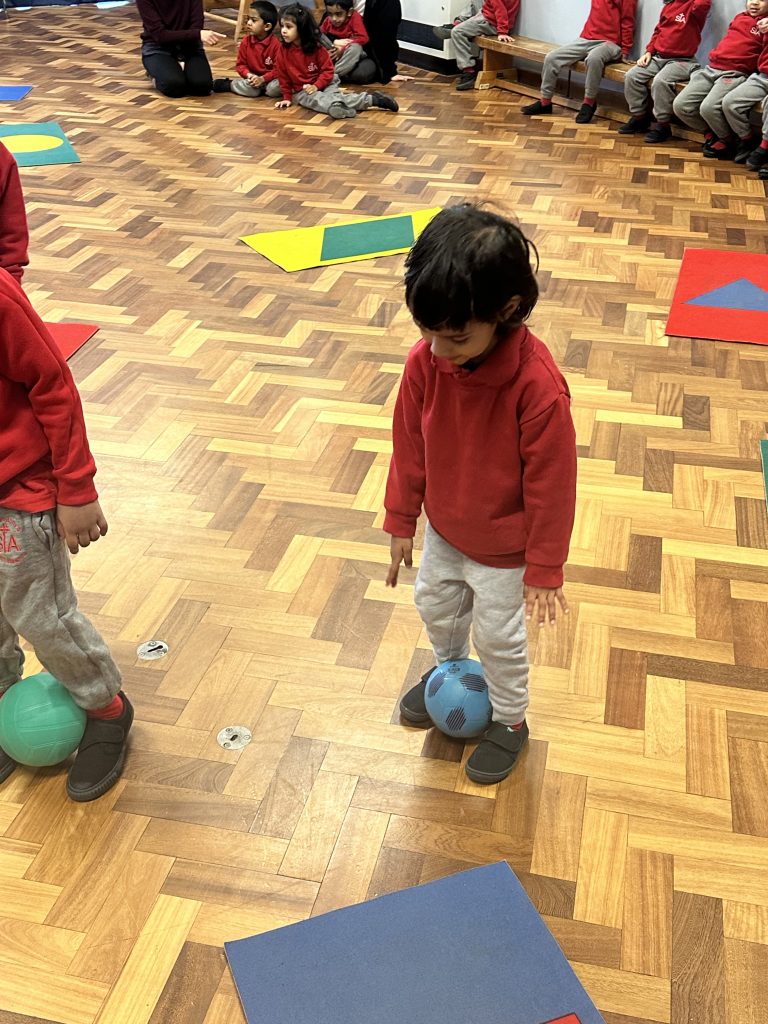
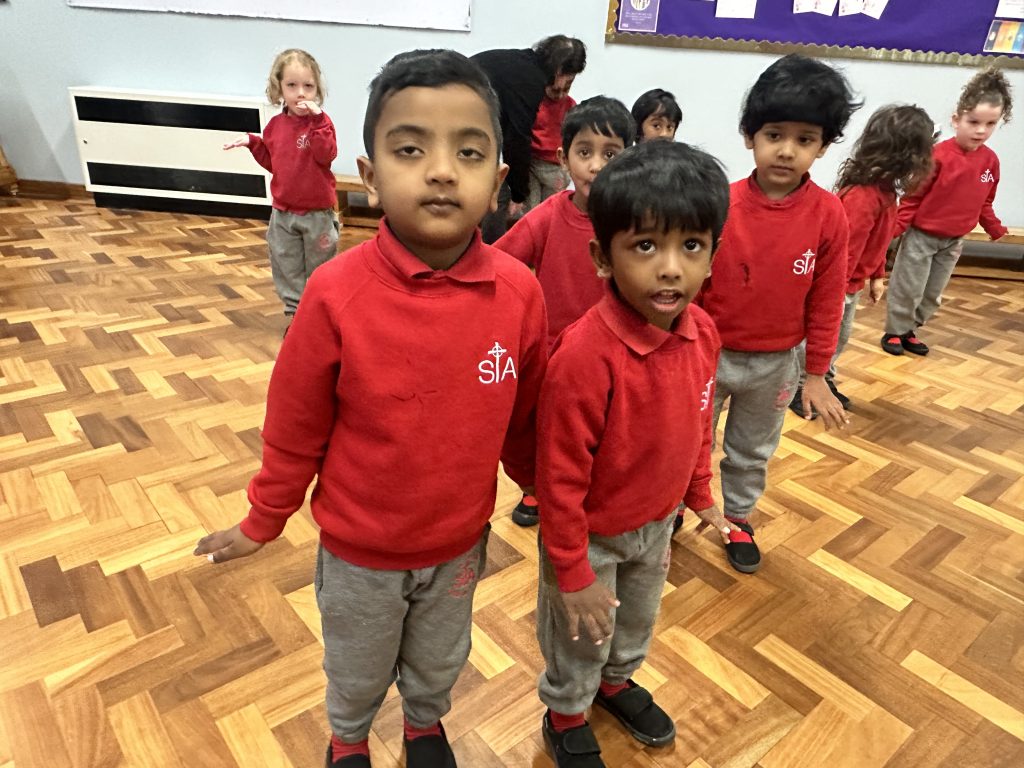
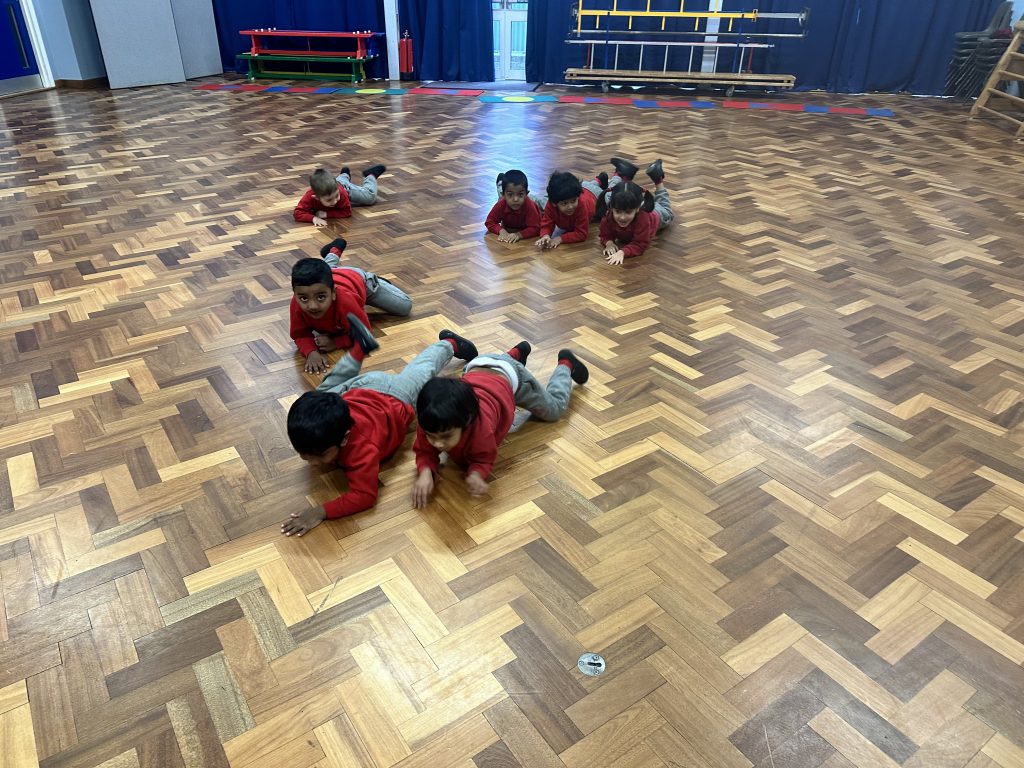
Nursery learnt about Africa and India. We learnt about the animals that live there and what the differences between hot places and cold places would be. We looked after animals in our safari vet surgery.
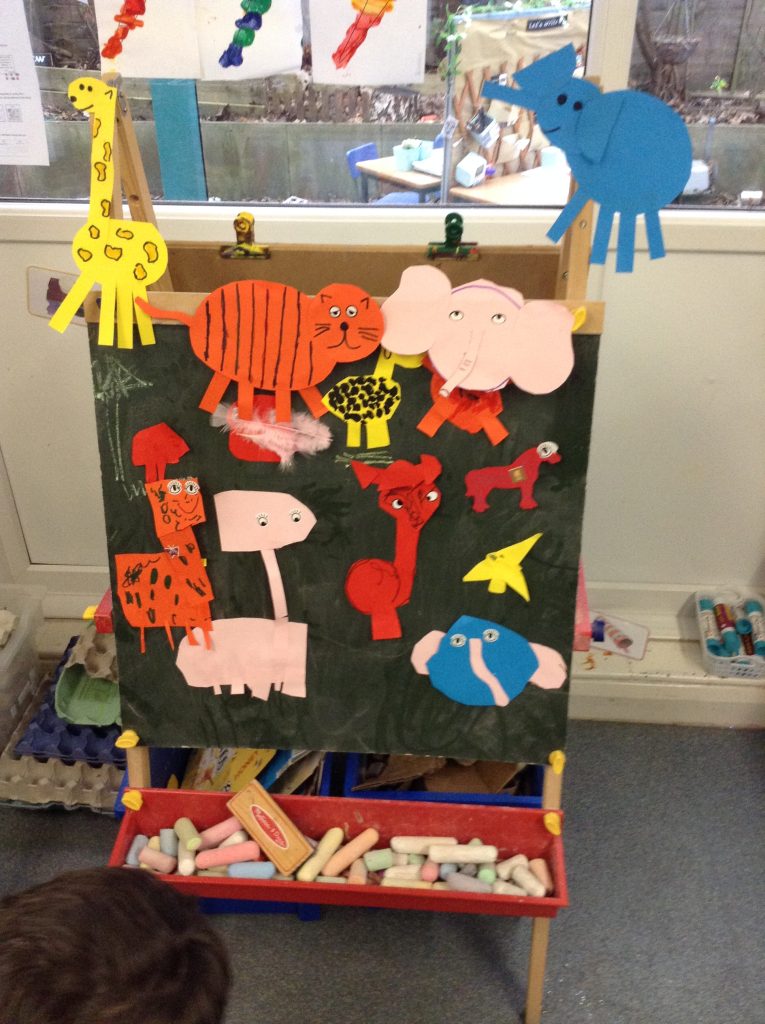
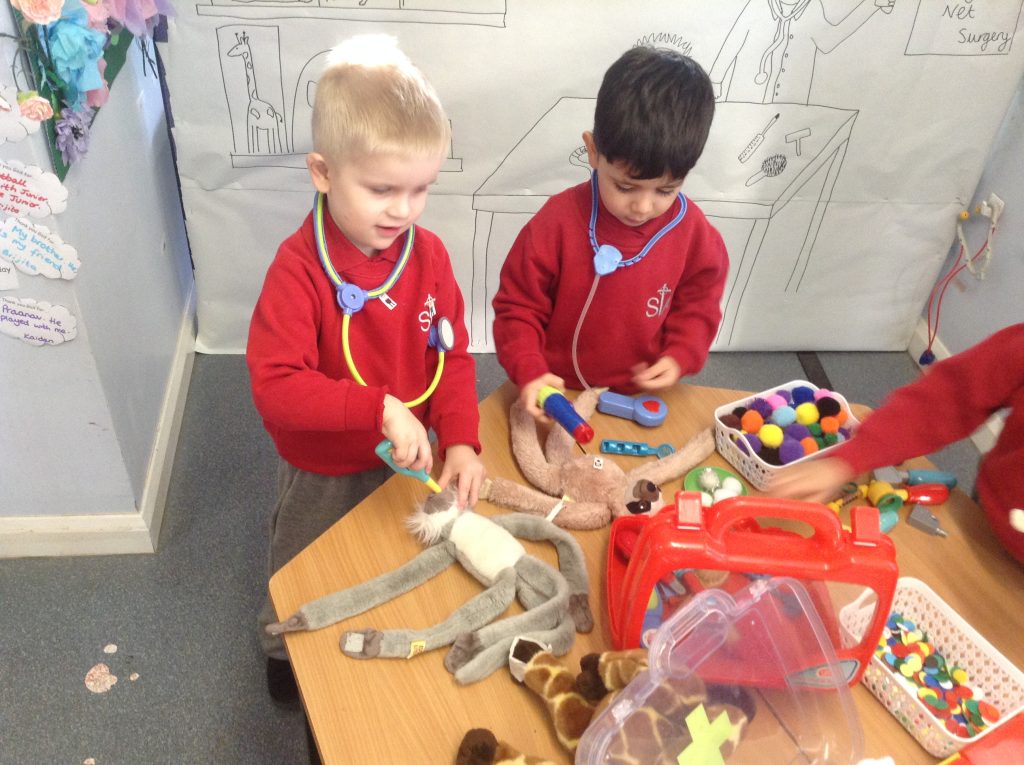
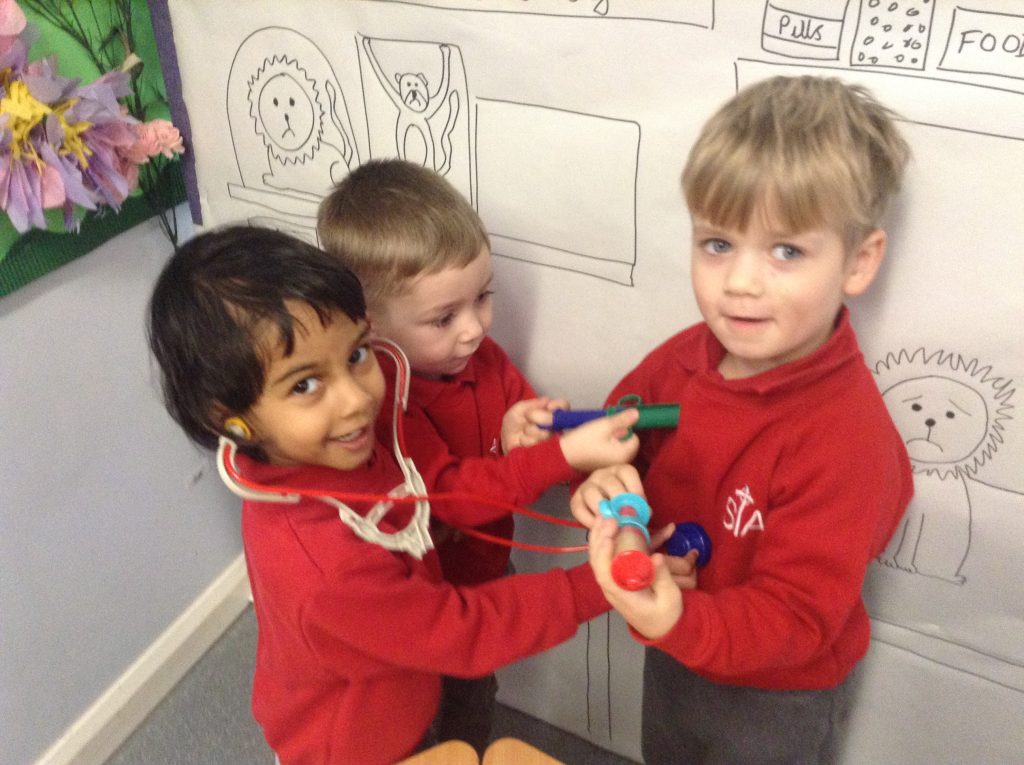
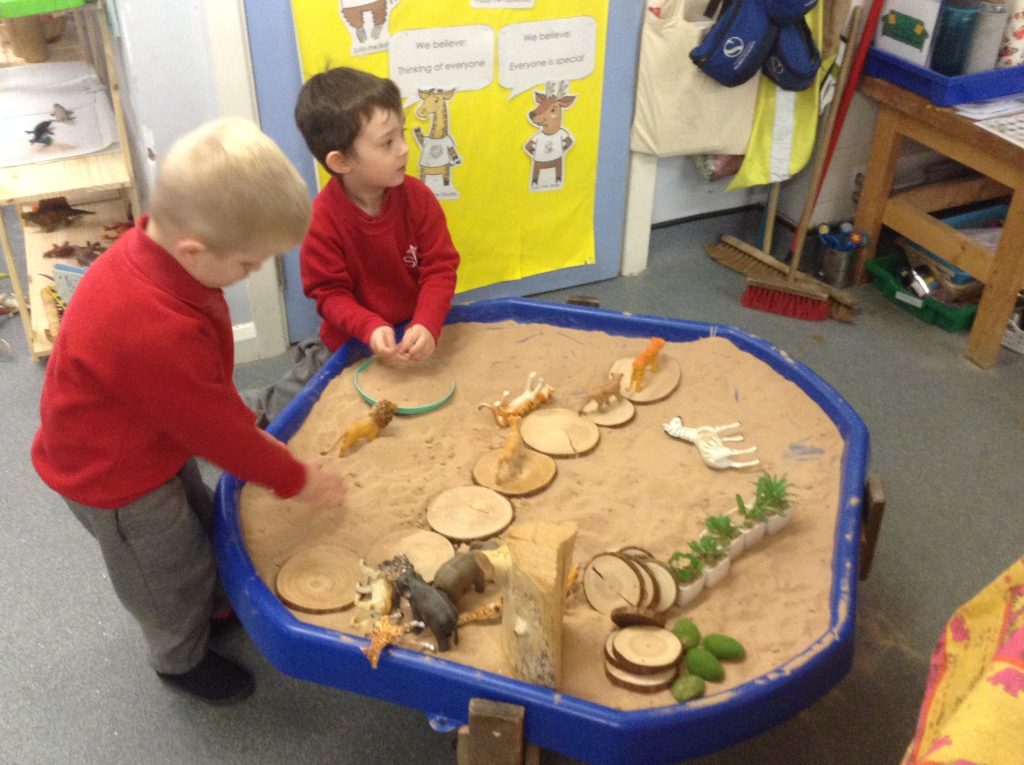
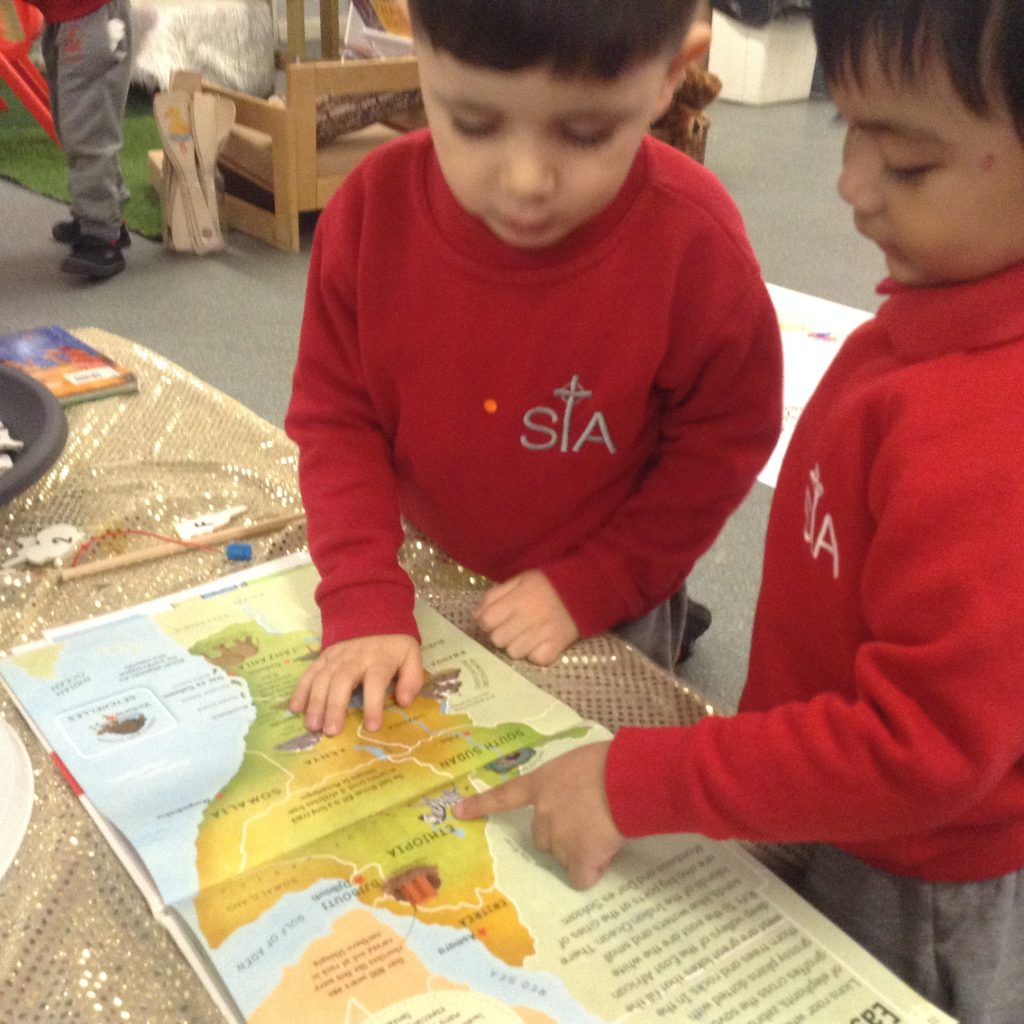
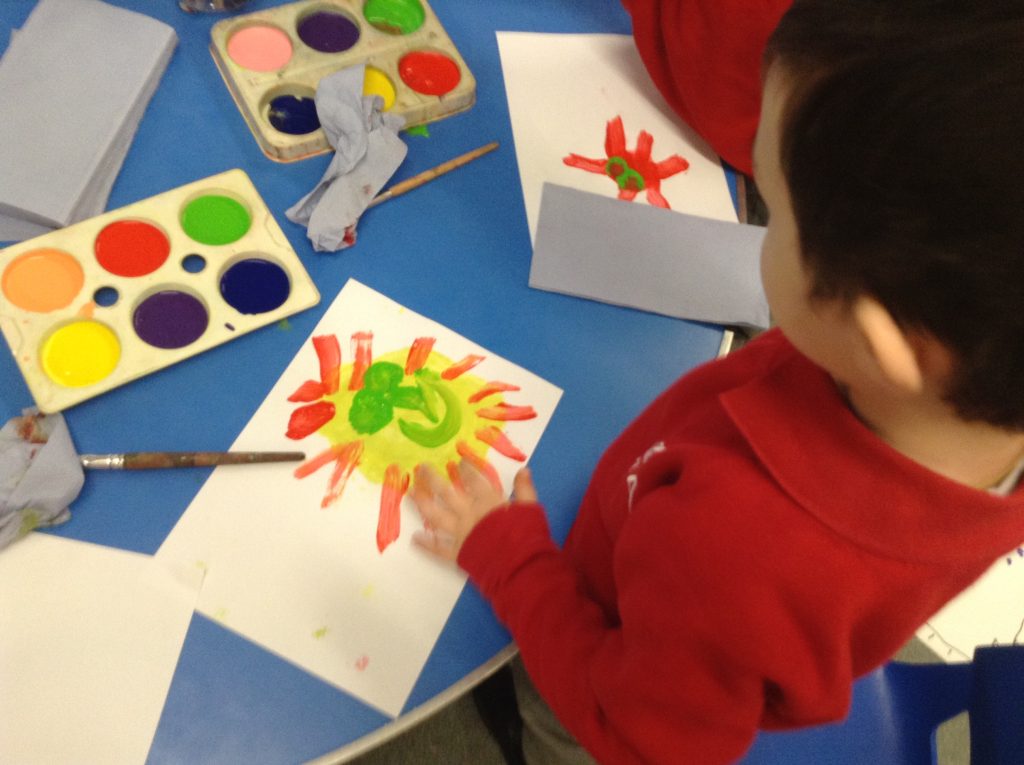
Geography in Reception
Hot Lands
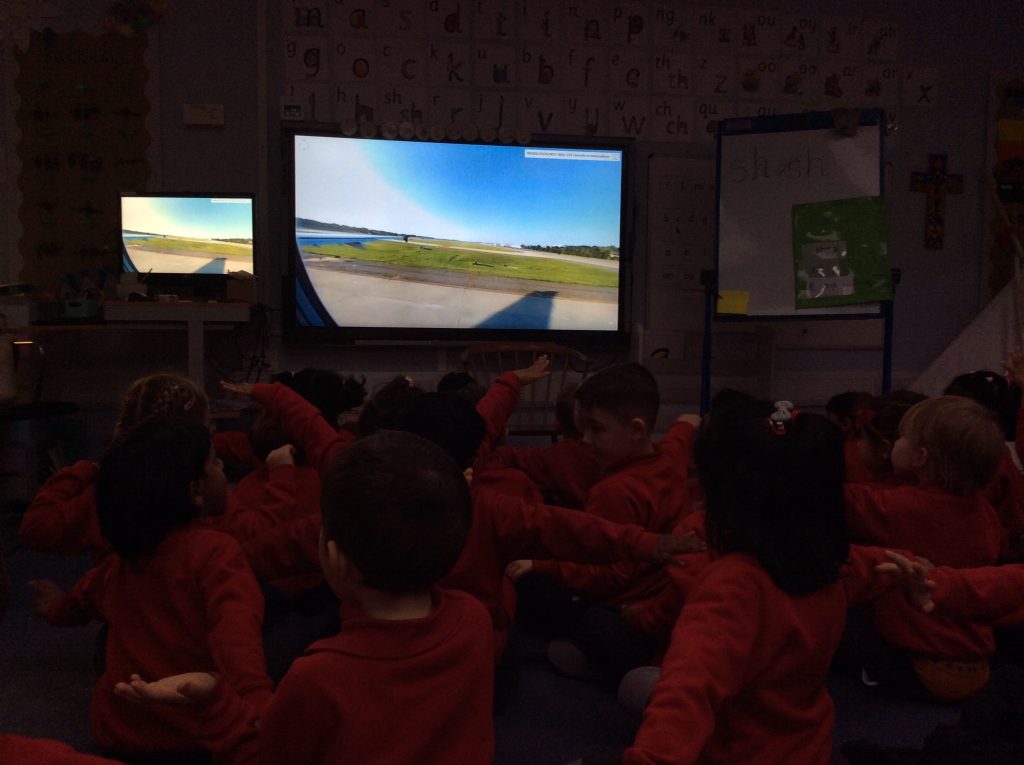
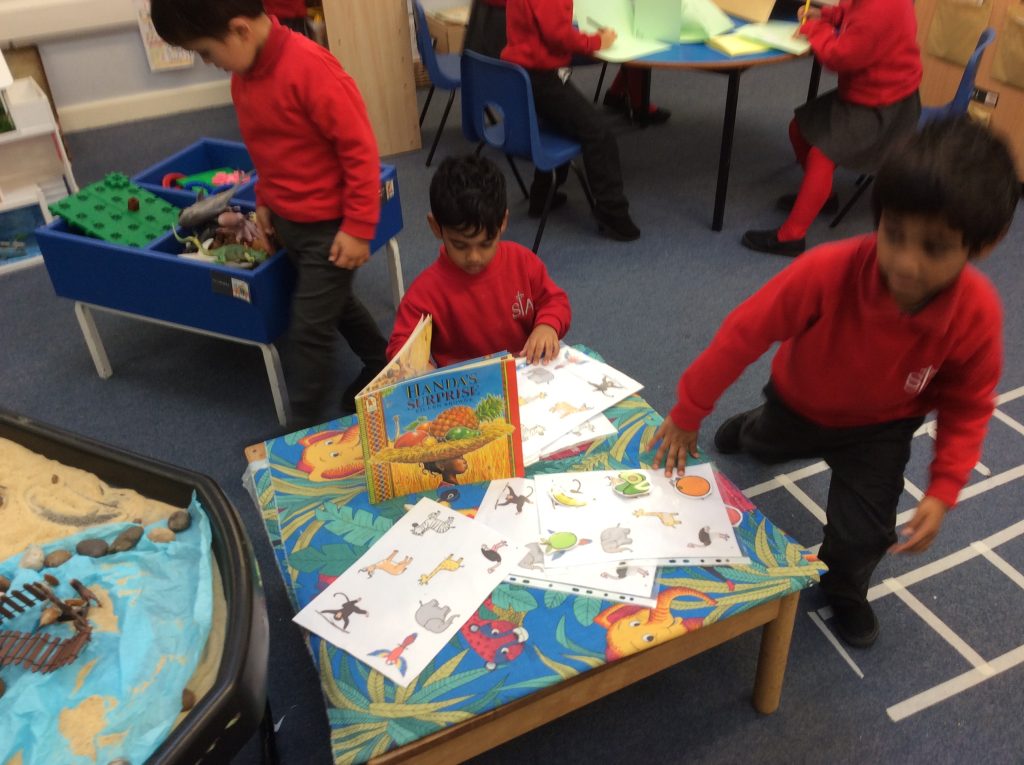
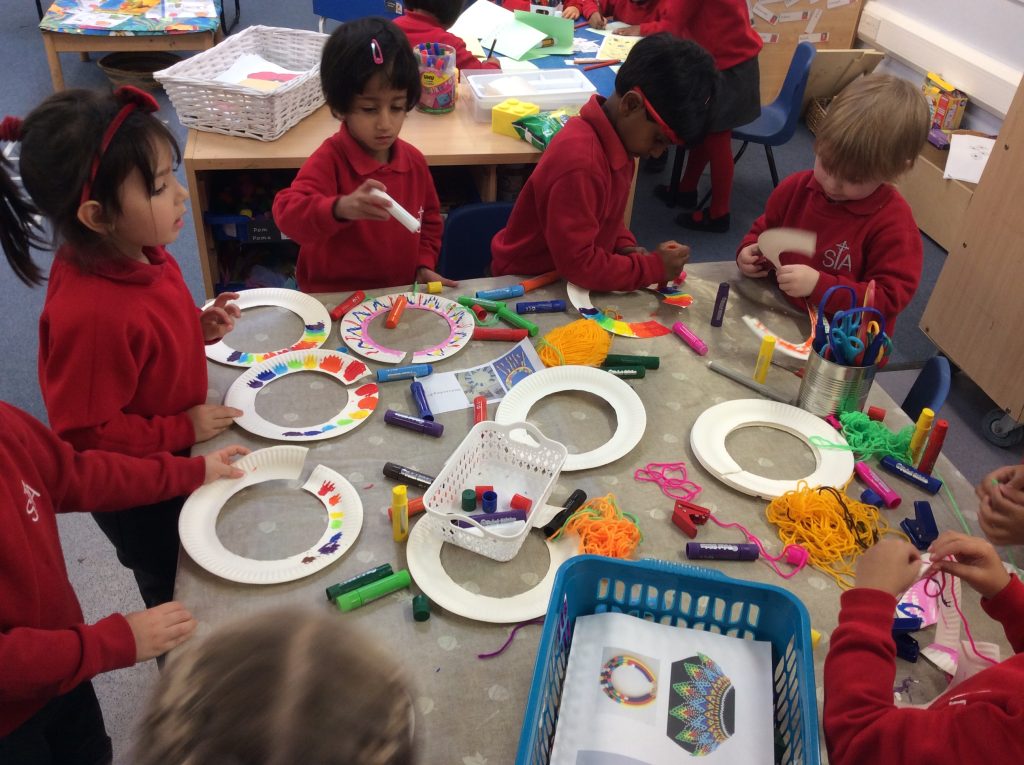
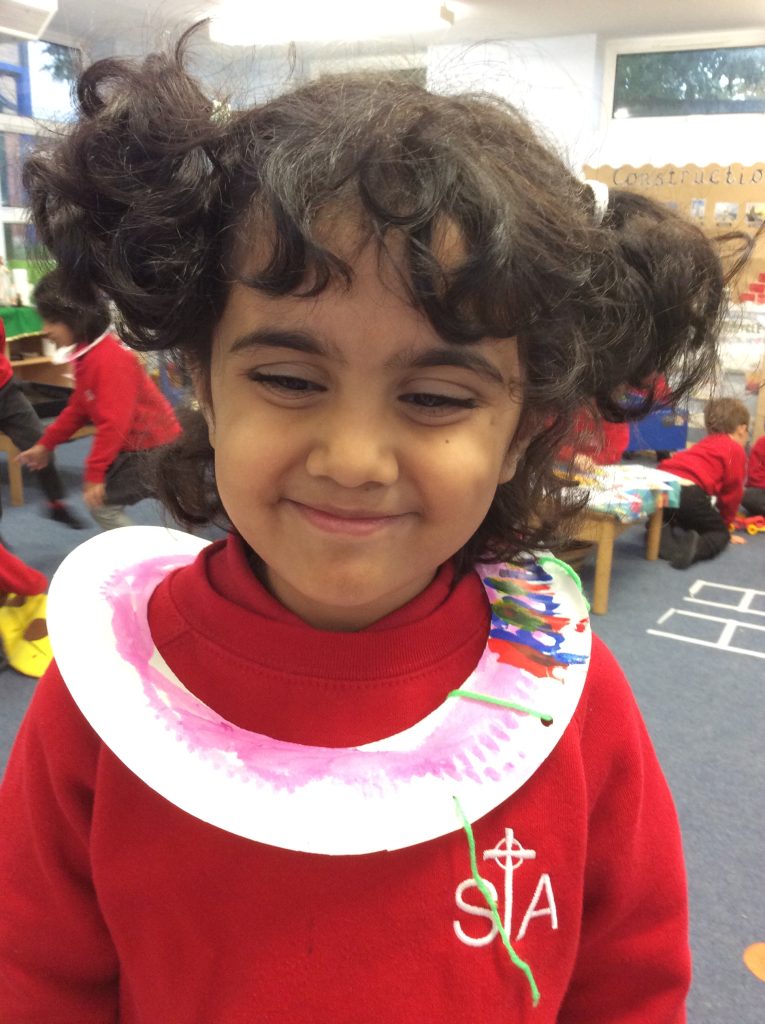
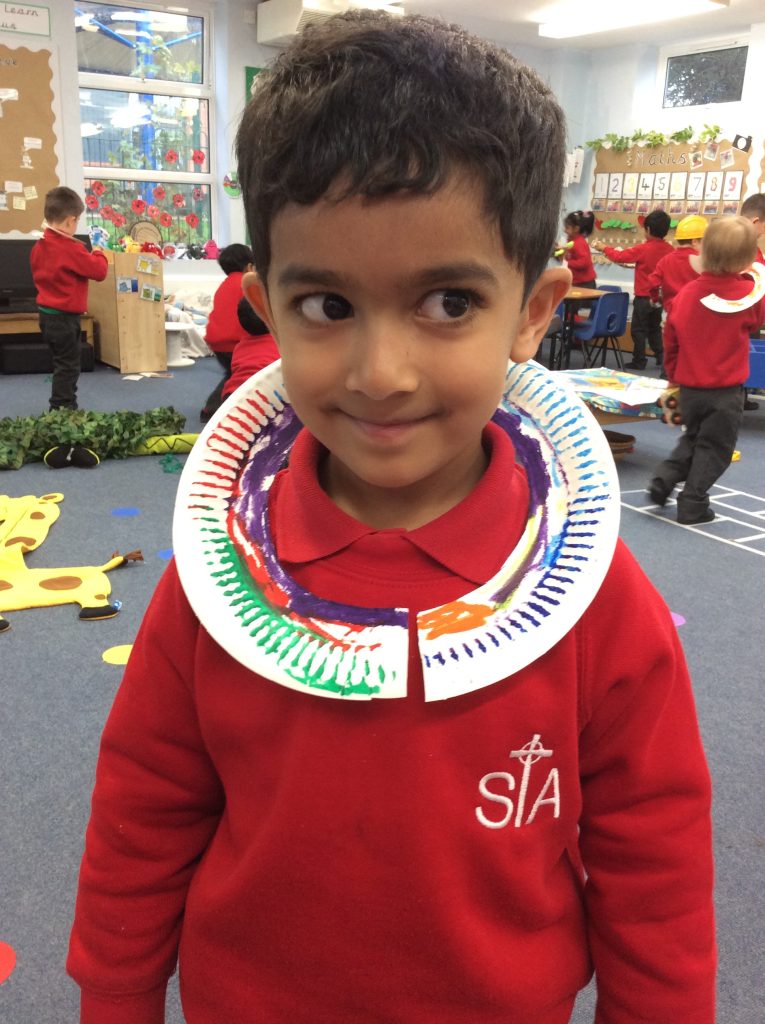
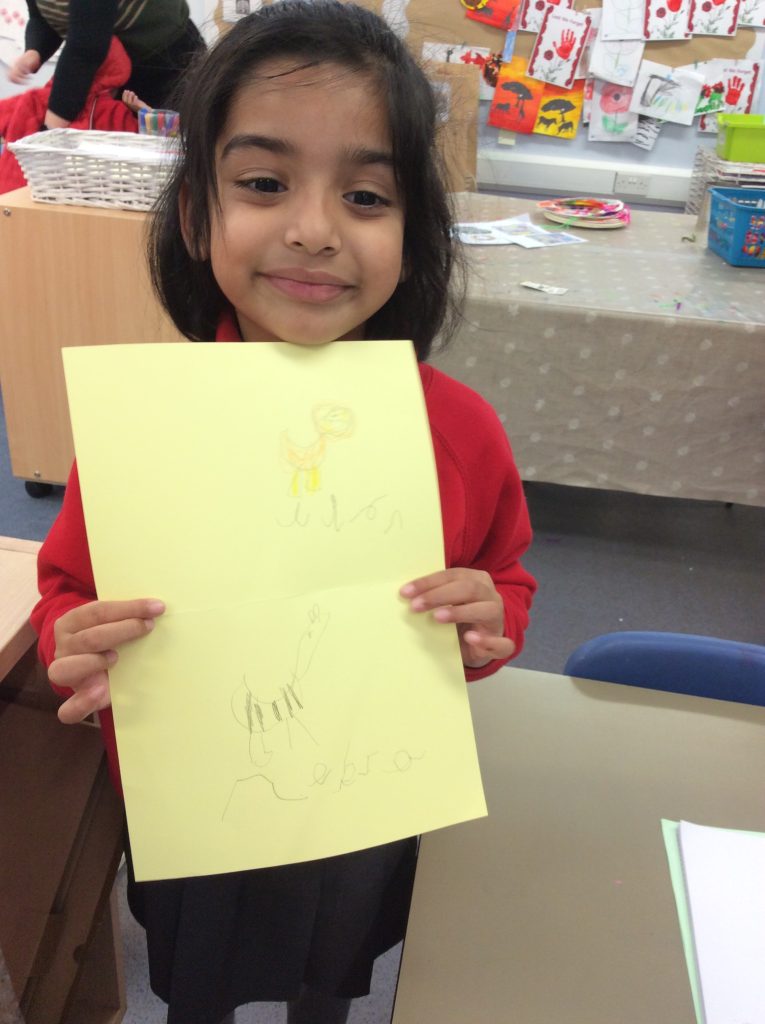
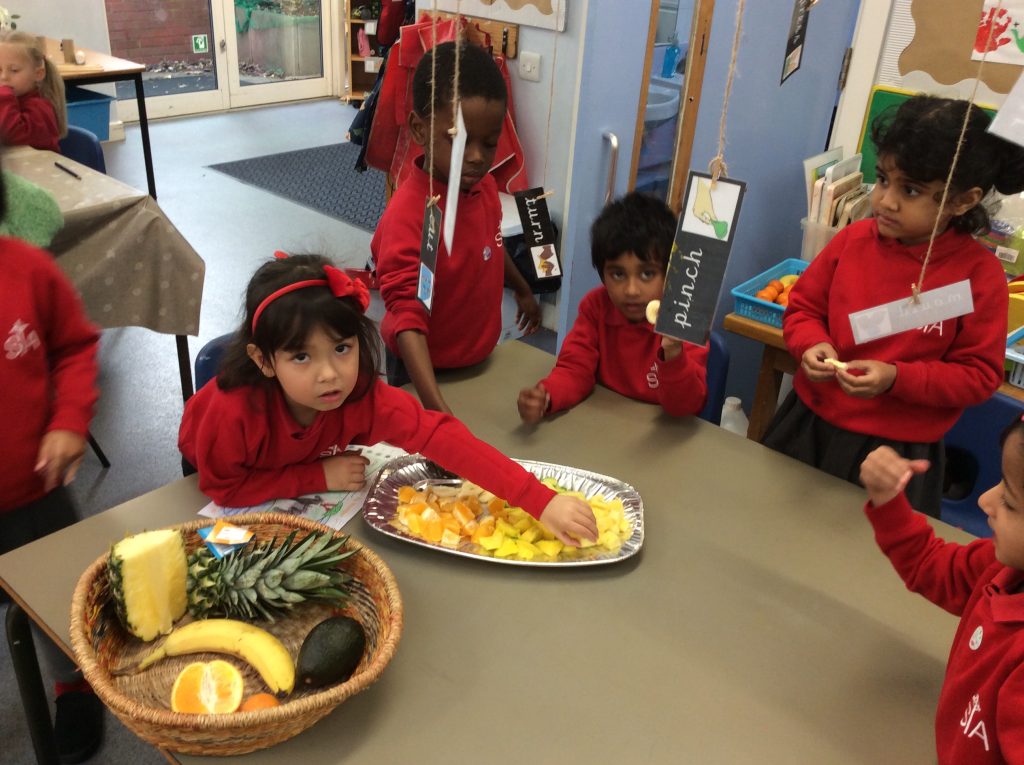
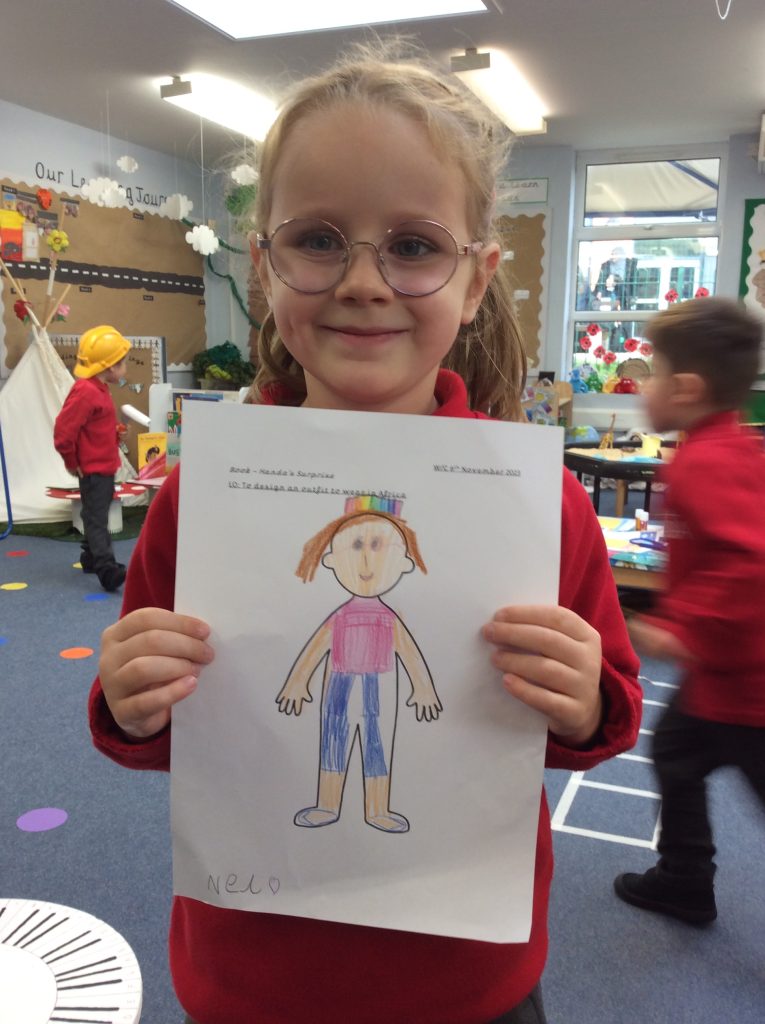
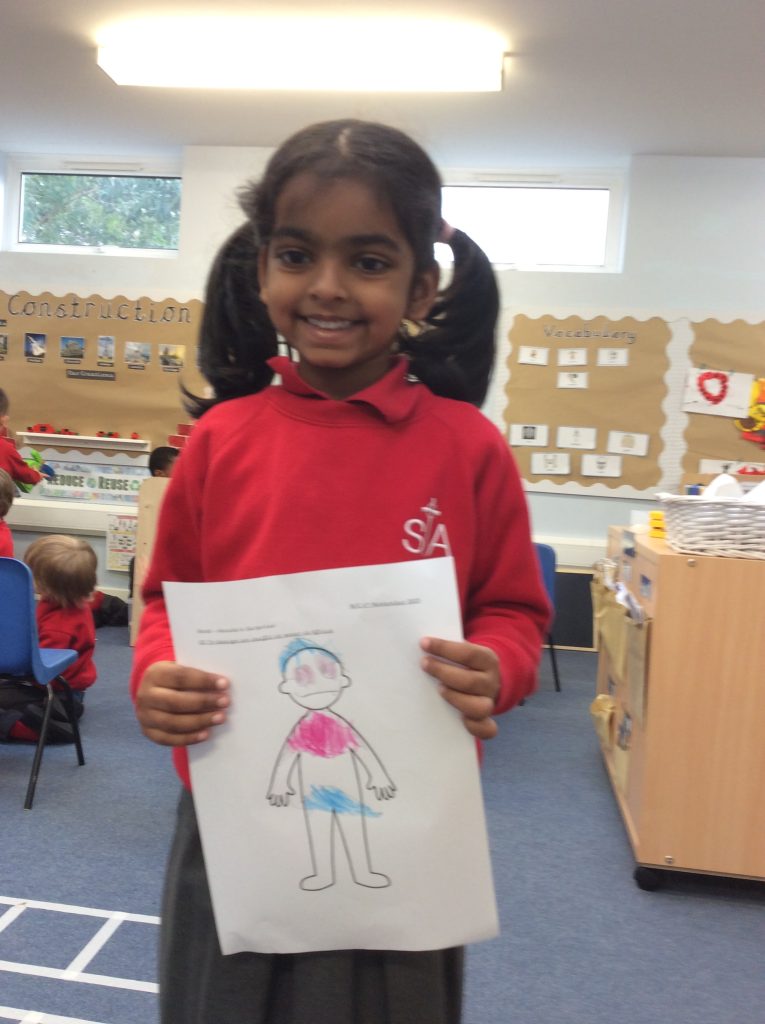
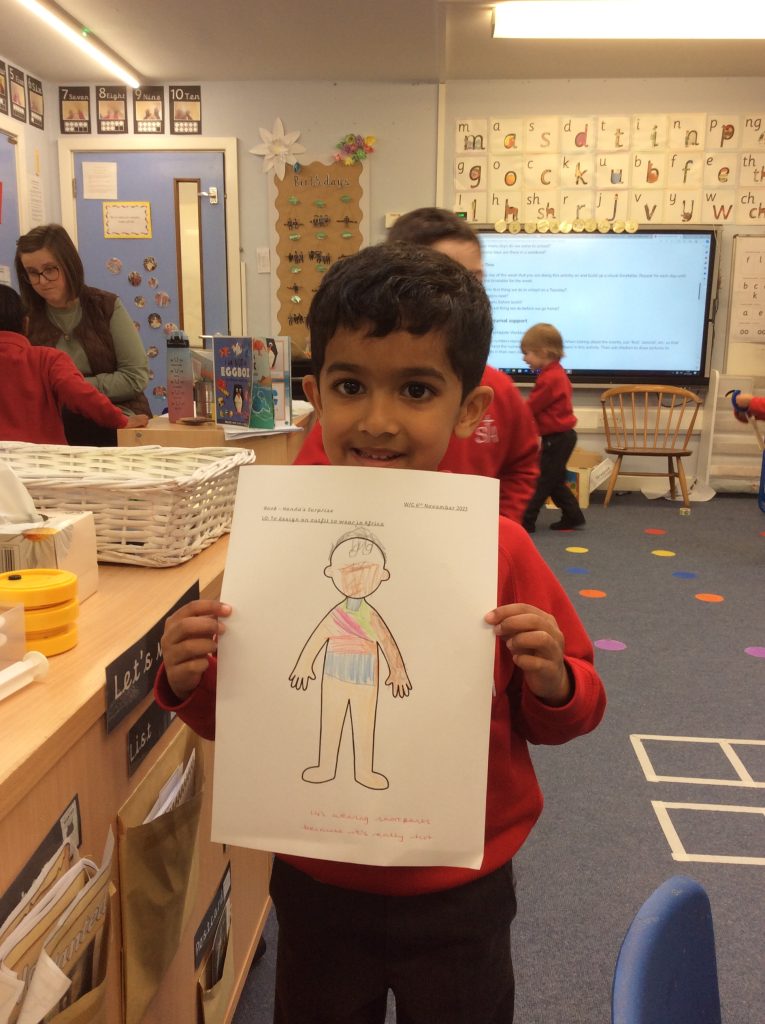
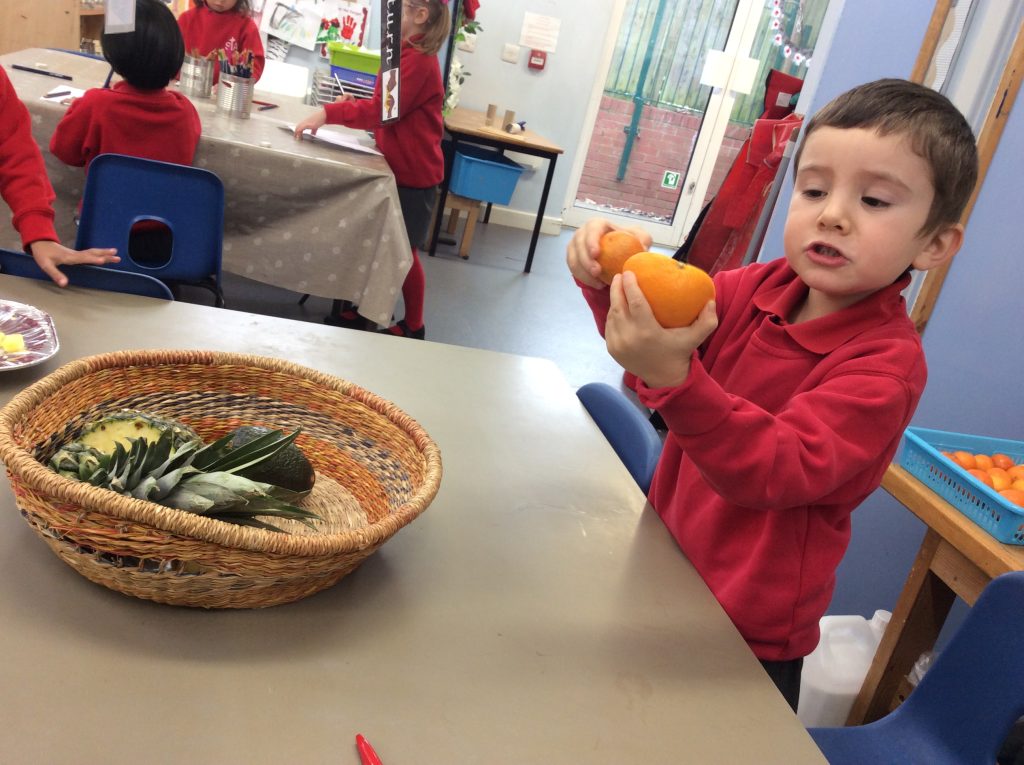
Cold Lands- Antarctica
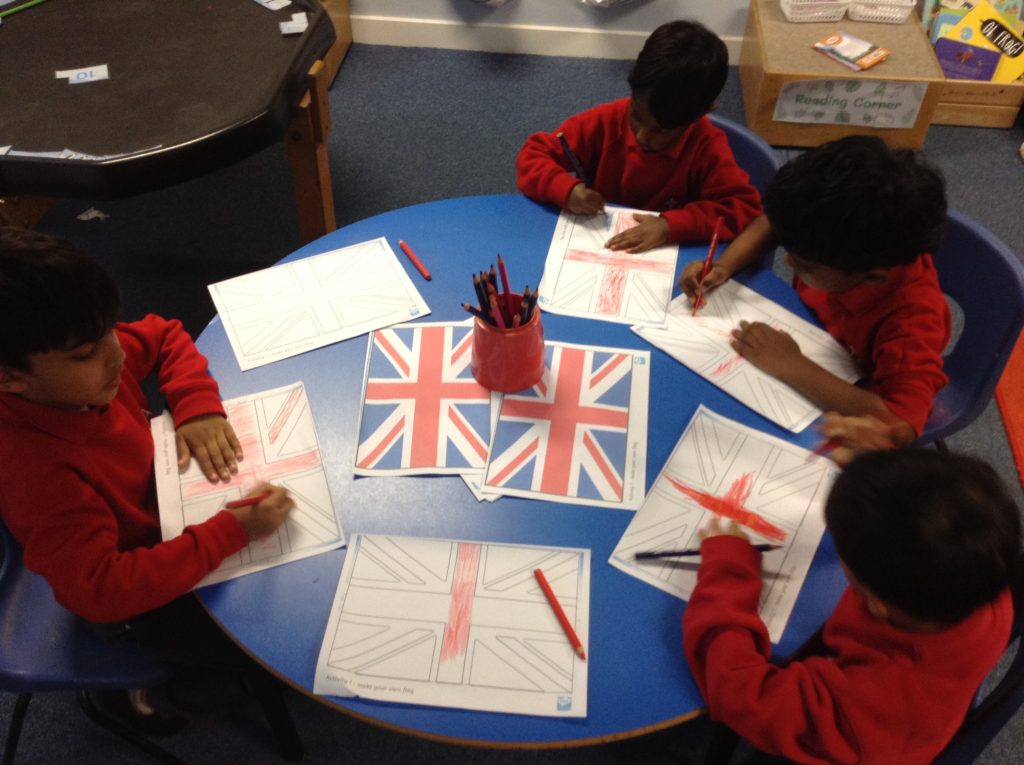
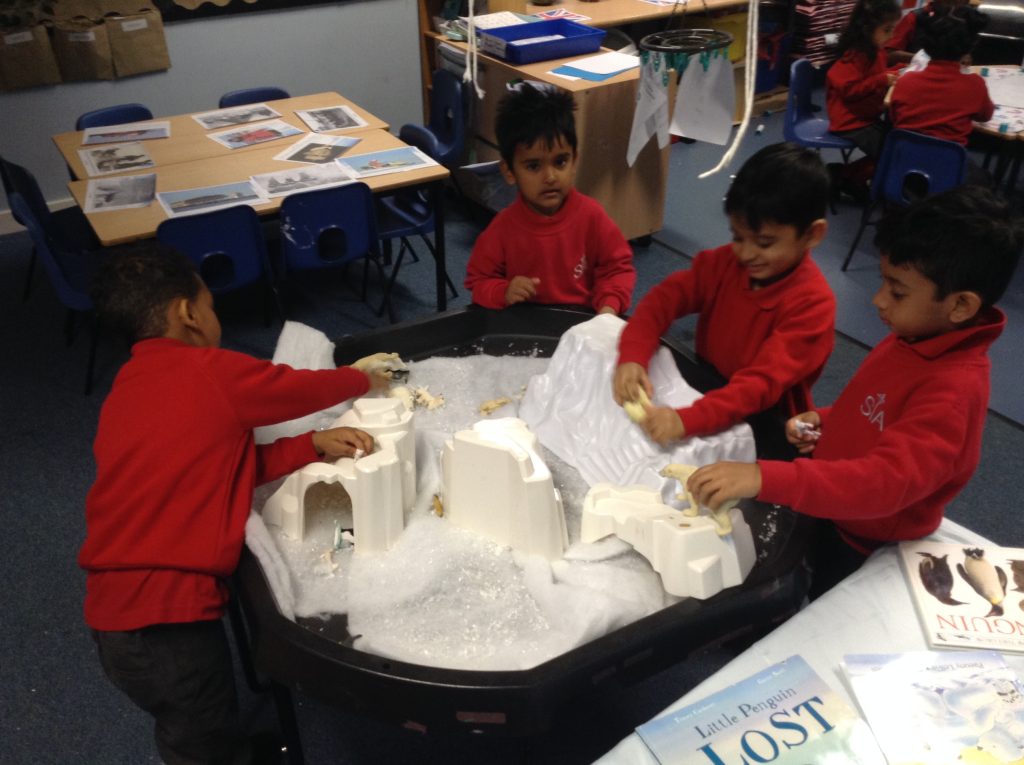
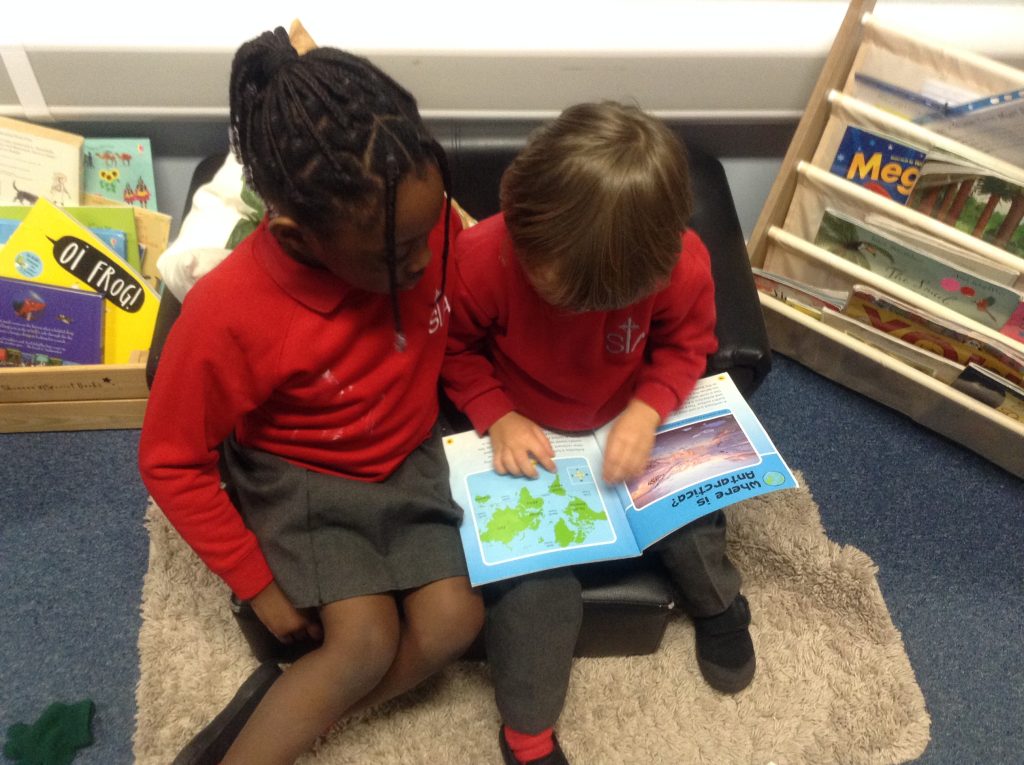
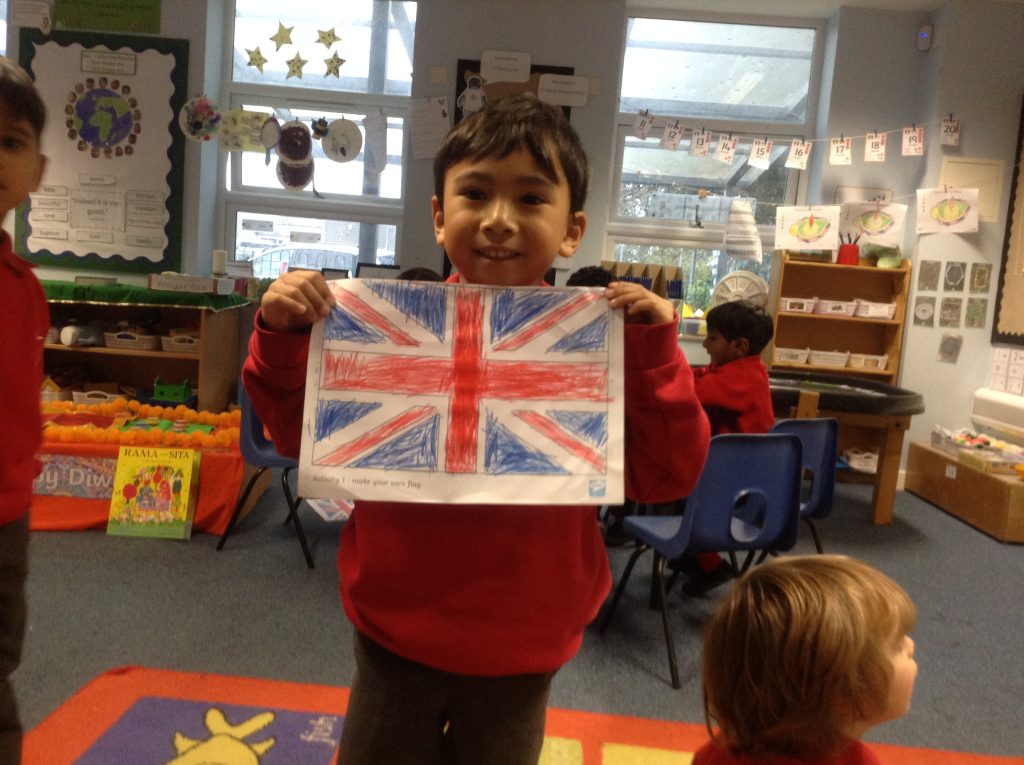
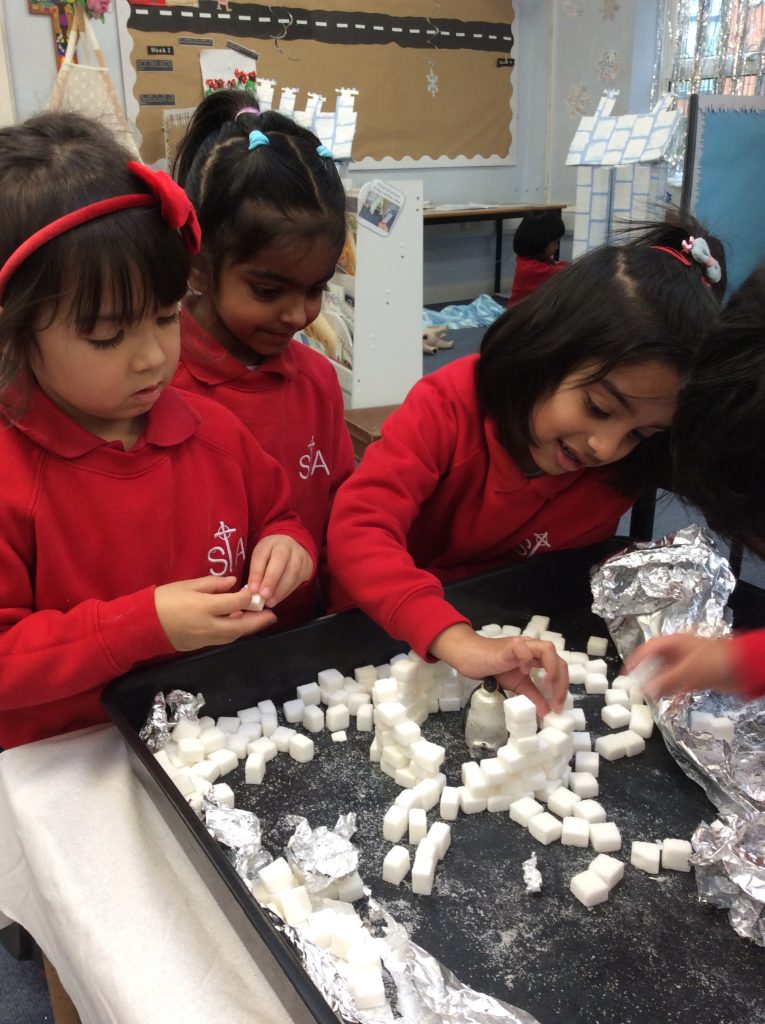
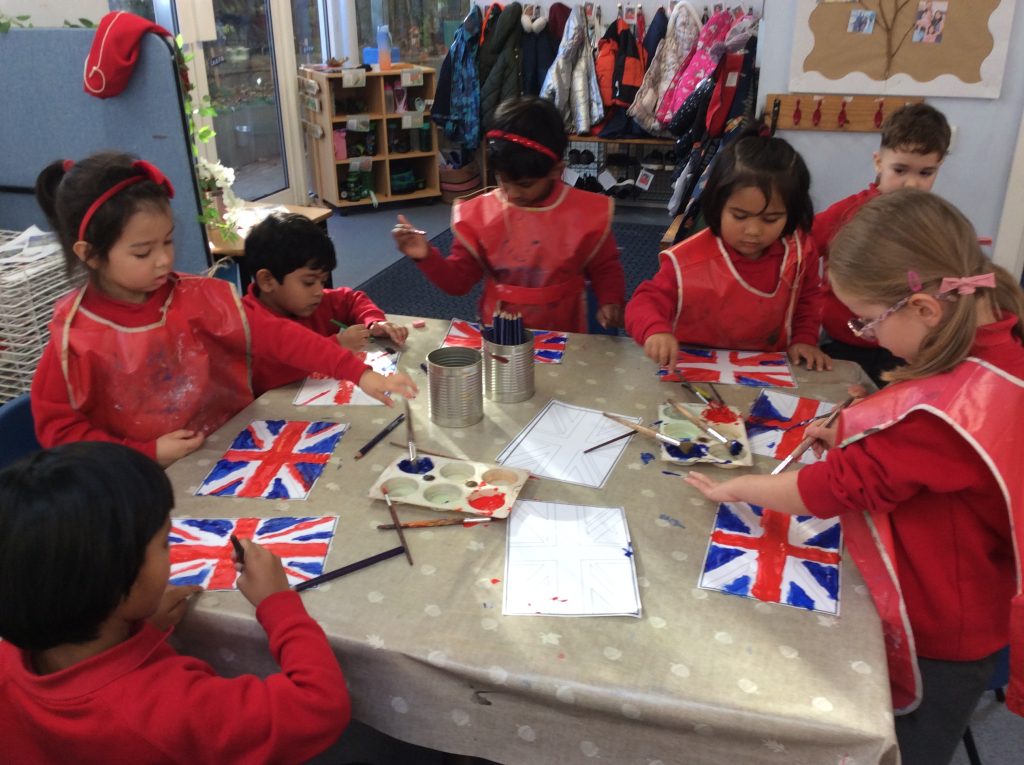
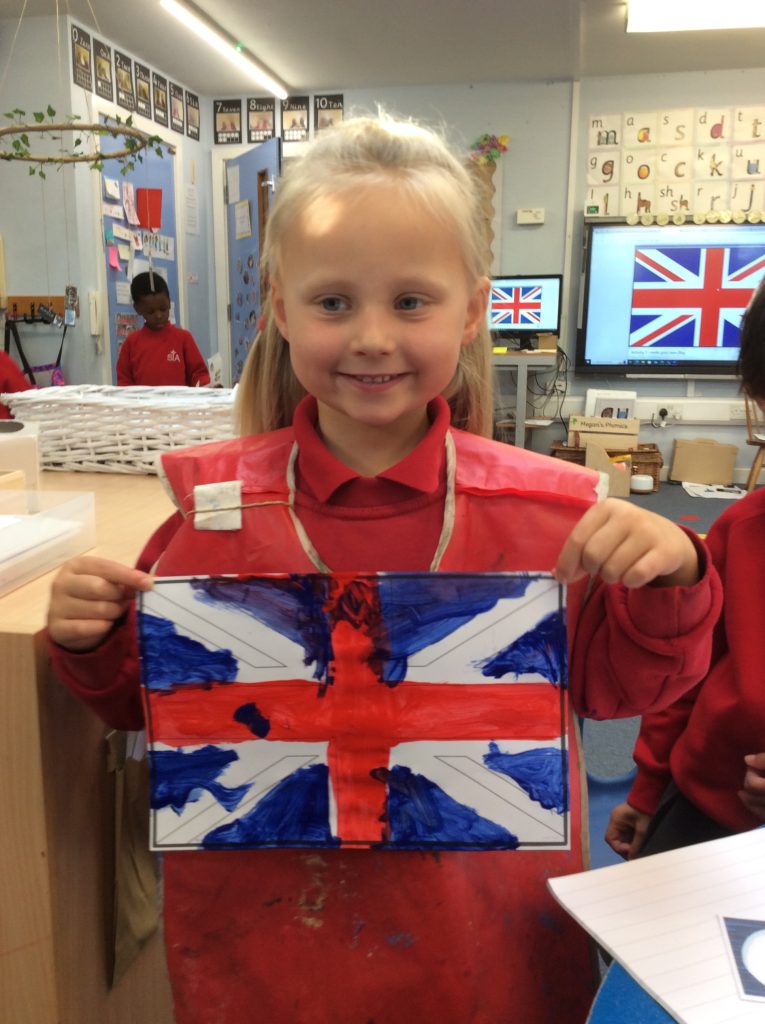
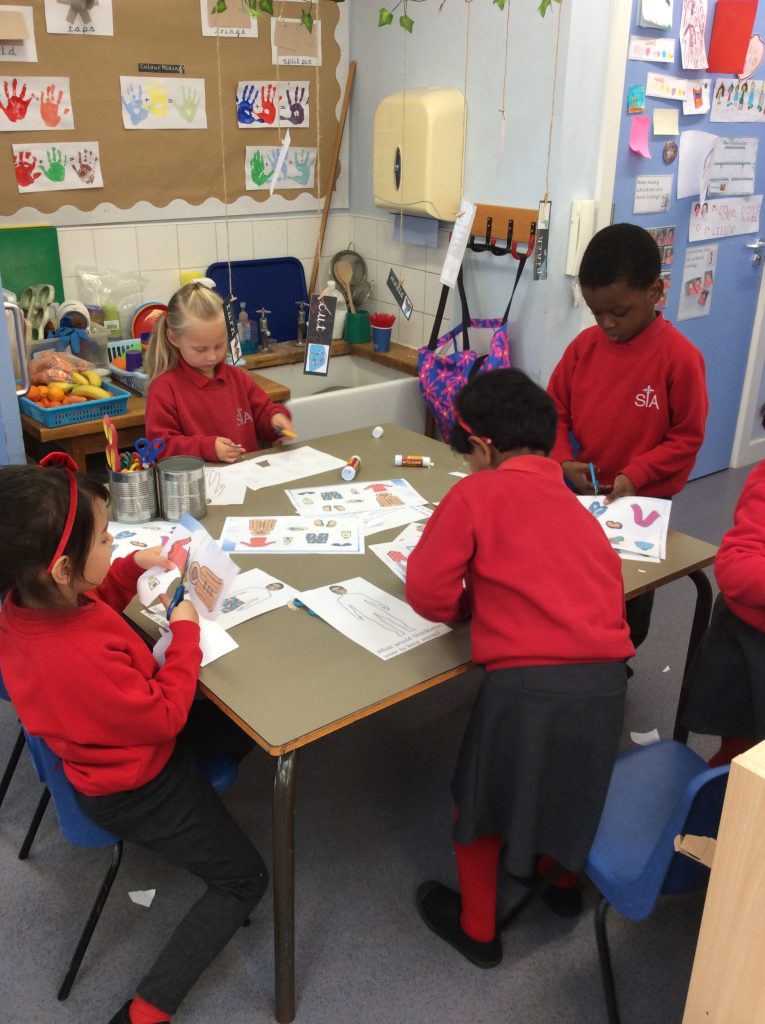
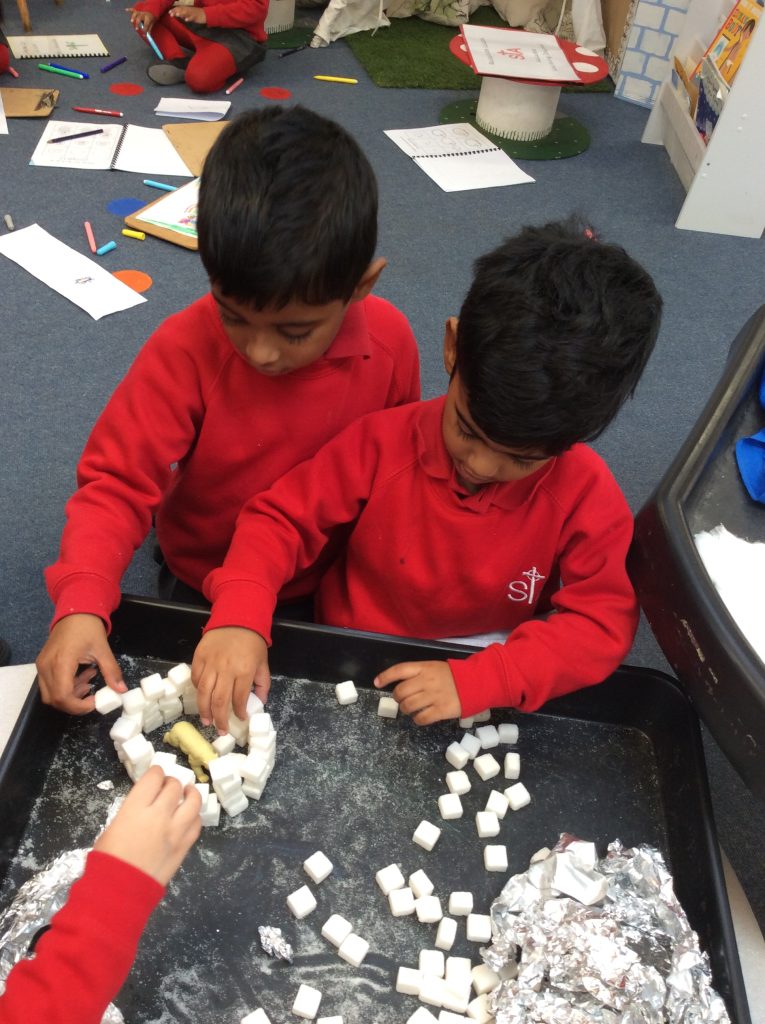
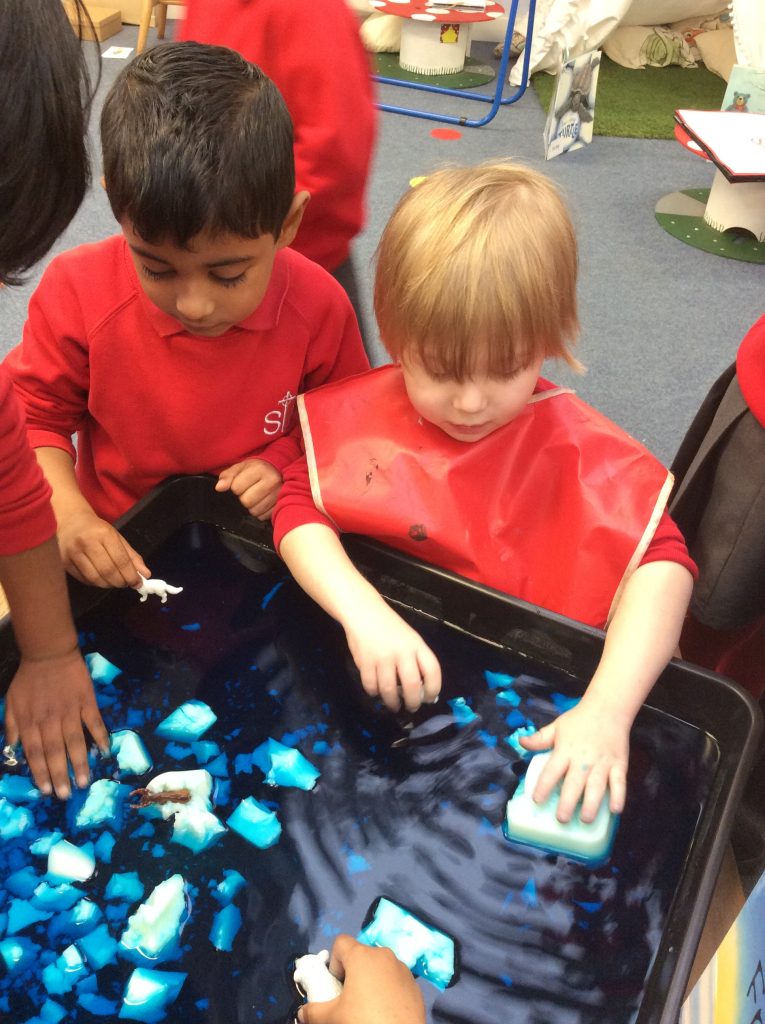
Under the Sea
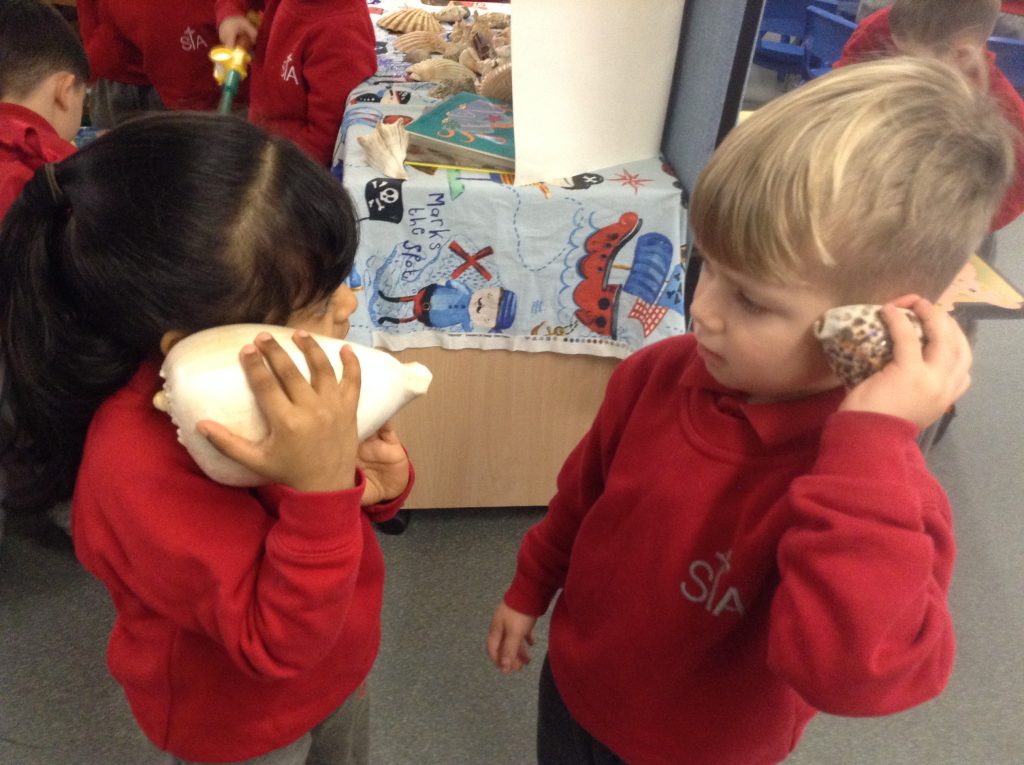
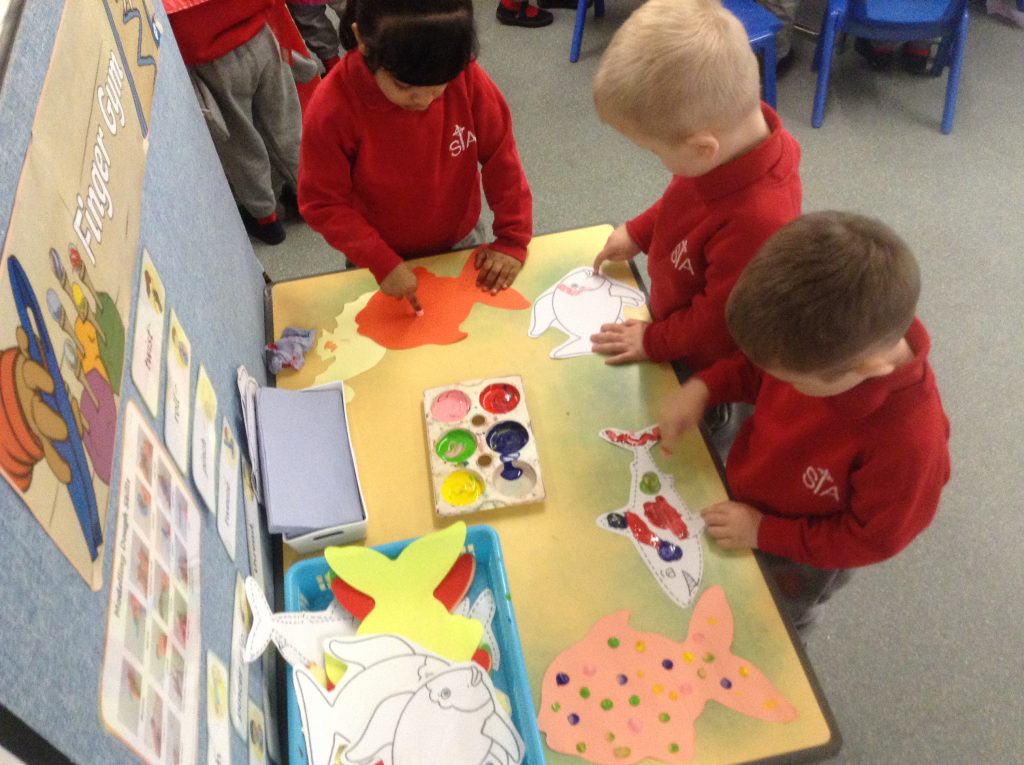
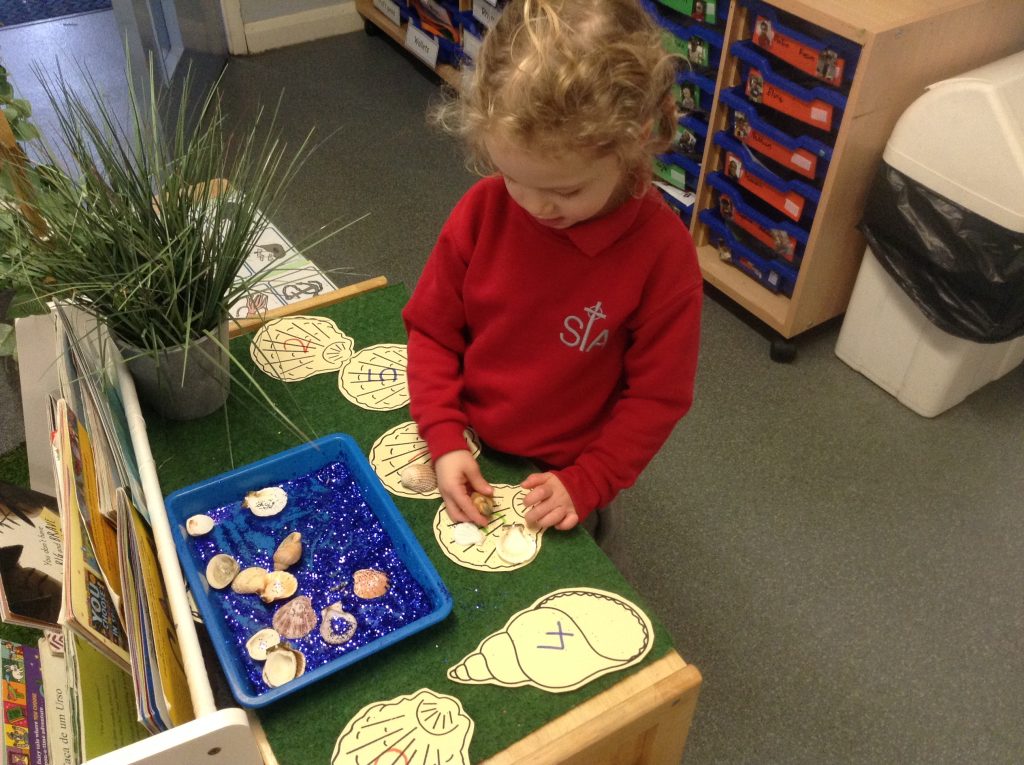
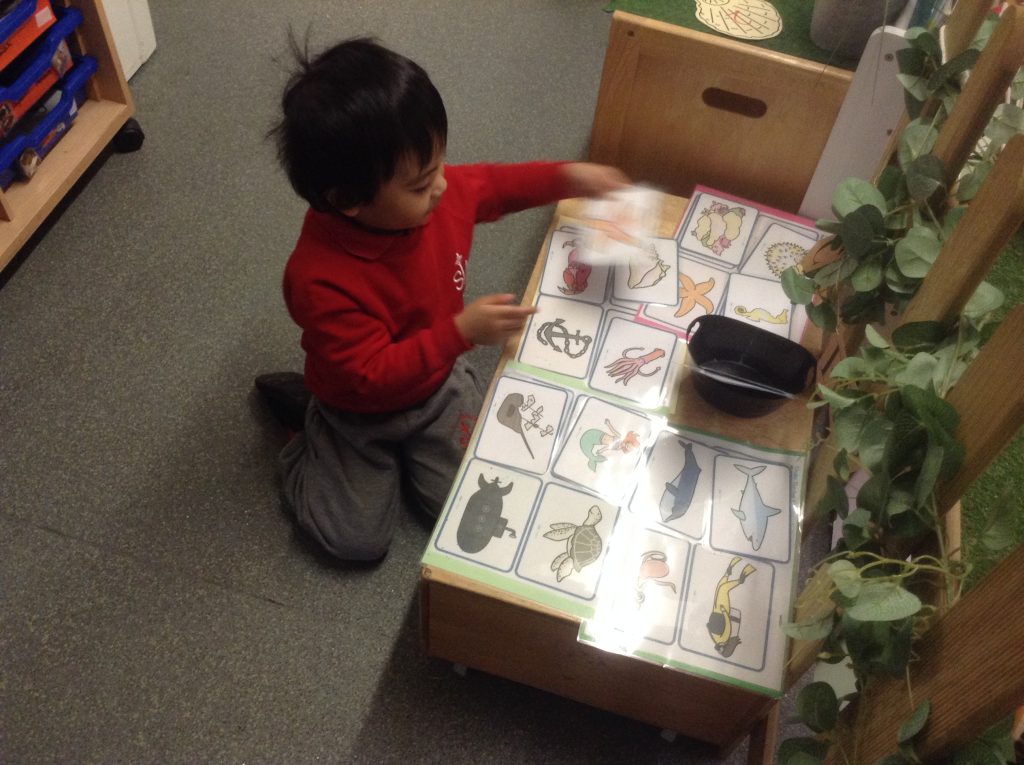
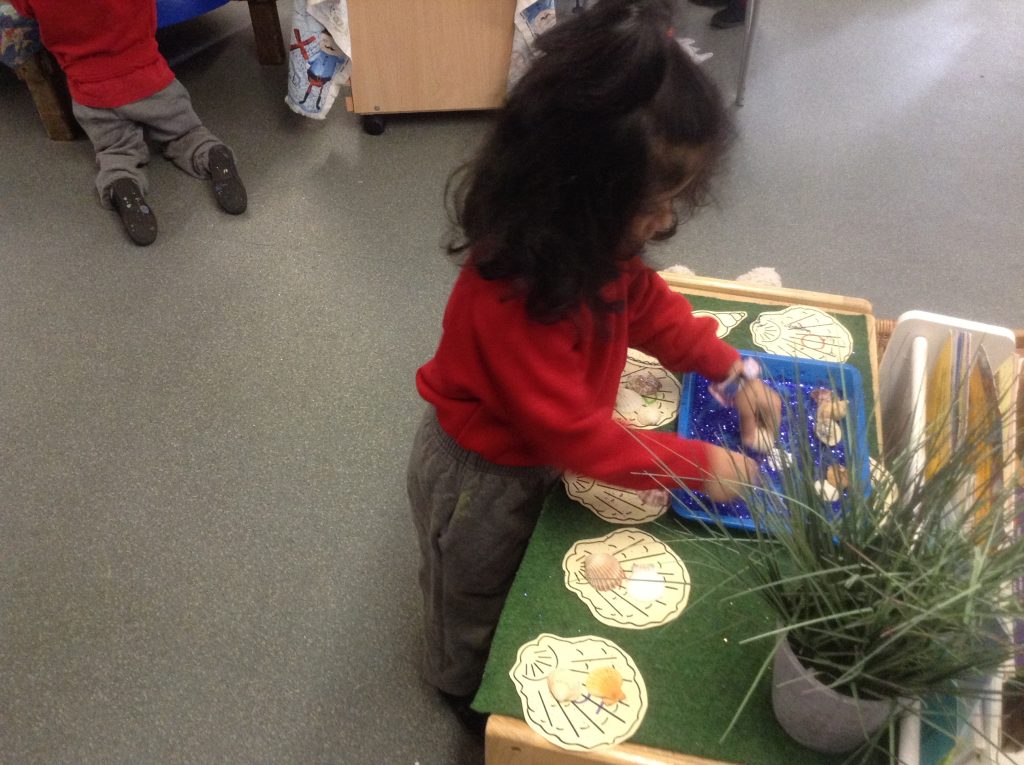
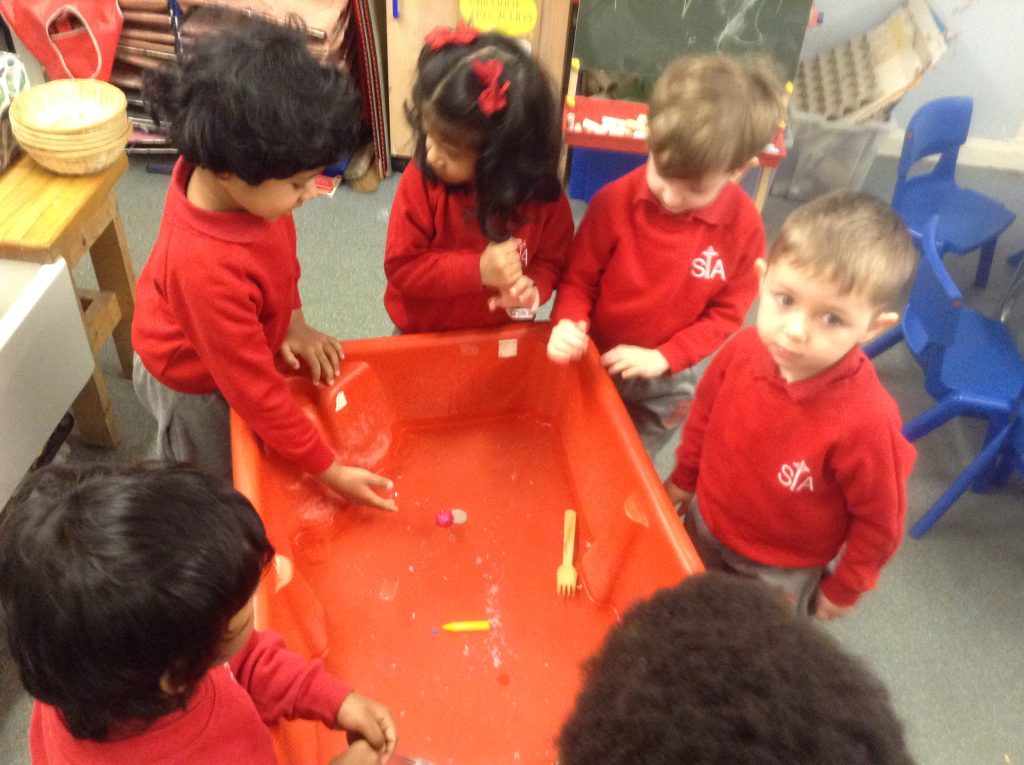
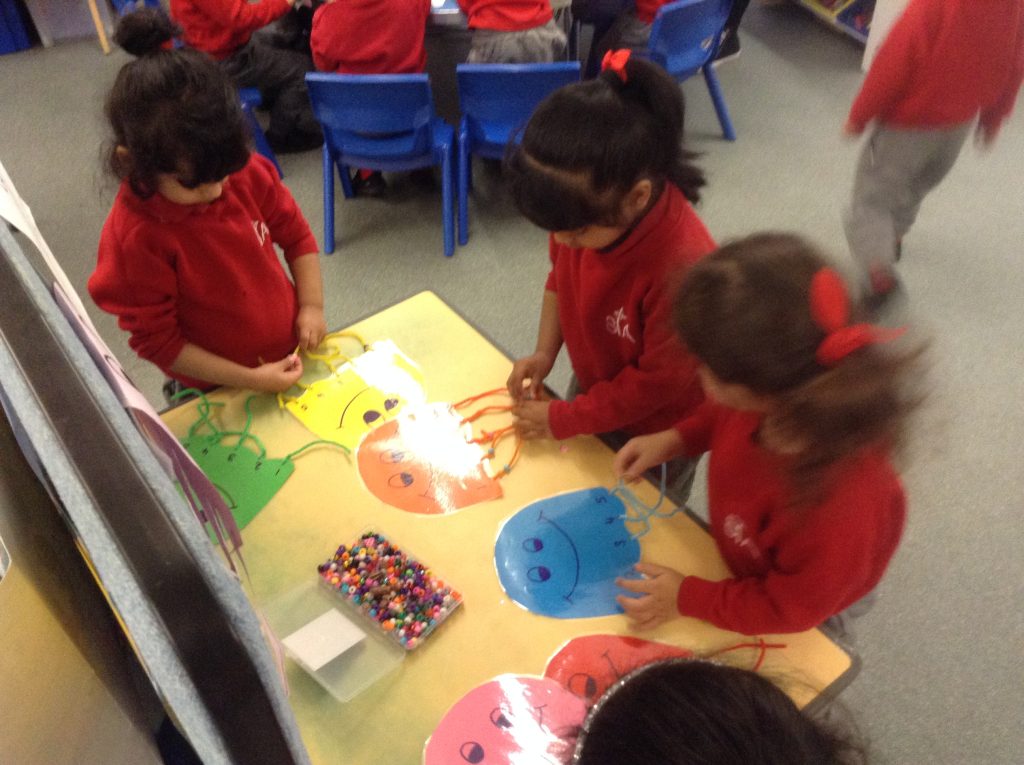
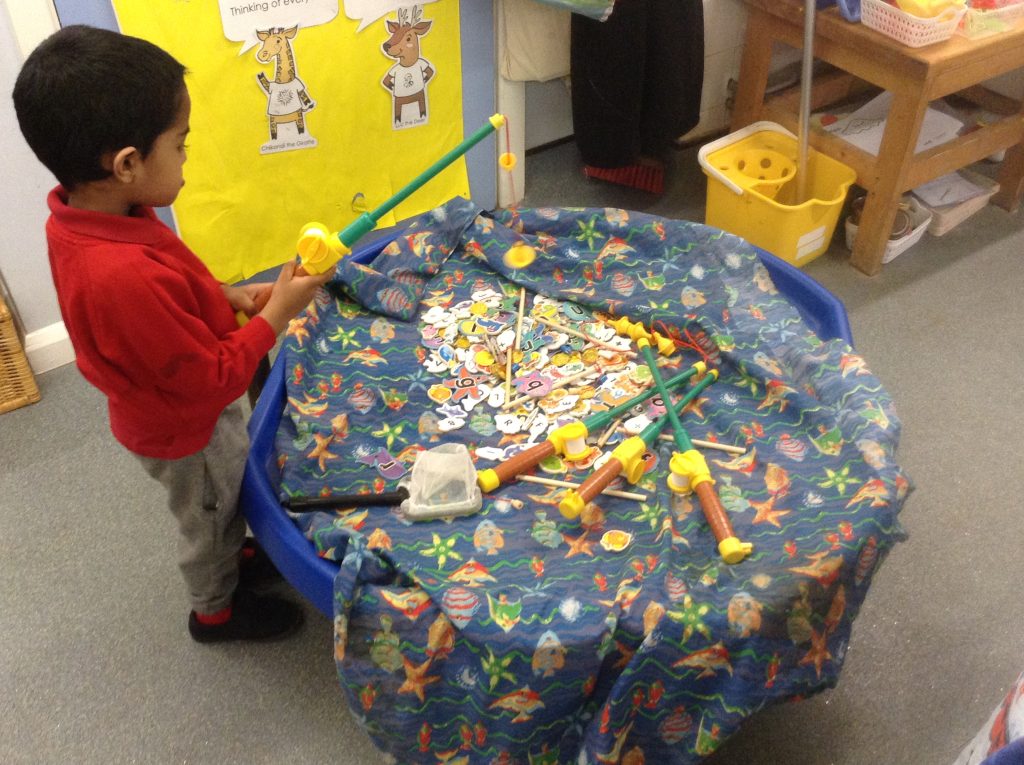
Geography in Year 5
Year 5 have been working on the enquiry question; “What is a River?” In this lesson, the children have been tasked with piecing together the River Axe in the correct order from source to mouth. The children looked at what they already knew about how a river forms and the land it covers before it reaches the sea. After this, the children looked at some new subject specific vocabulary, such as river banks, river island, estuary, stream and meander. They matched this vocabulary to different sections of their ‘river puzzle’. At the end, the children looked at the correct order and enjoyed seeing if they were correct.
